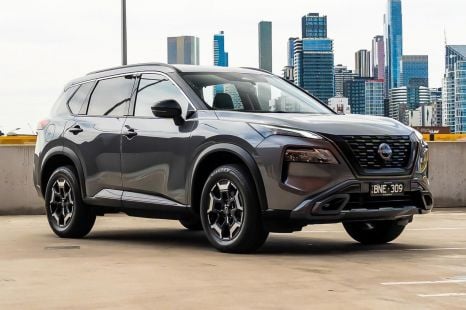

William Stopford
2026 Nissan X-Trail review
2 Hours Ago
The top 10 cheapest cars currently on sale might surprise you, as the minimum asking price continues to creep up and up.

Contributor
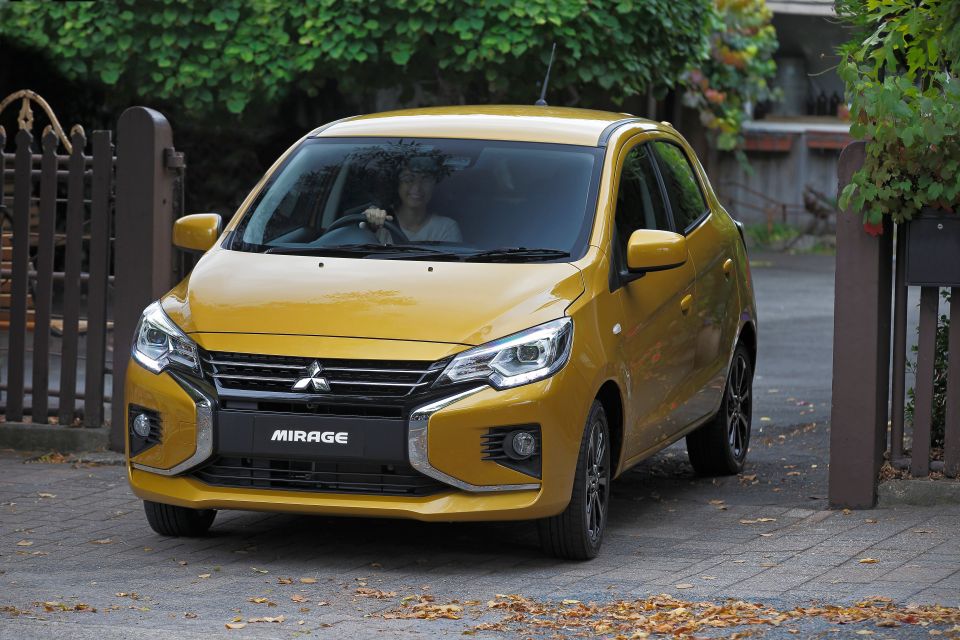

Contributor
Not too long ago, you could buy a Chery J1 for the low price of $9990 drive-away. In the year 2013, this was the cheapest car on the Australian new car market.
It was by no means fancy, with two airbags and a three-star ANCAP safety rating.
The most affordable cars on sale in Australia have historically been small cars and hatchbacks, with the occasional micro SUV popping up.
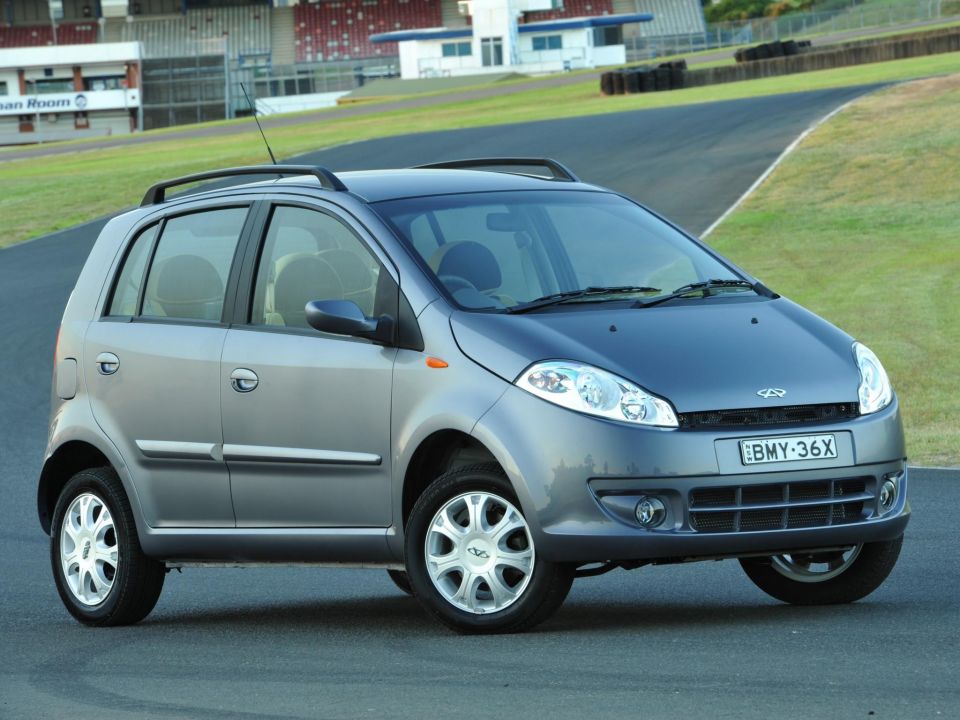
In 2014, sales of city cars were booming in Australia and VFACTS had to create a new ‘micro’ segment. Fast forward to today and there are only three cars left in this micro segment.
These three vehicles are the Fiat 500, Kia Picanto and Mitsubishi Mirage, which will be discussed in more depth later in the story.
Think of discontinued small vehicles and the likes of the Suzuki Alto and Celerio, Holden Barina Spark, and Nissan Micra spring to mind.
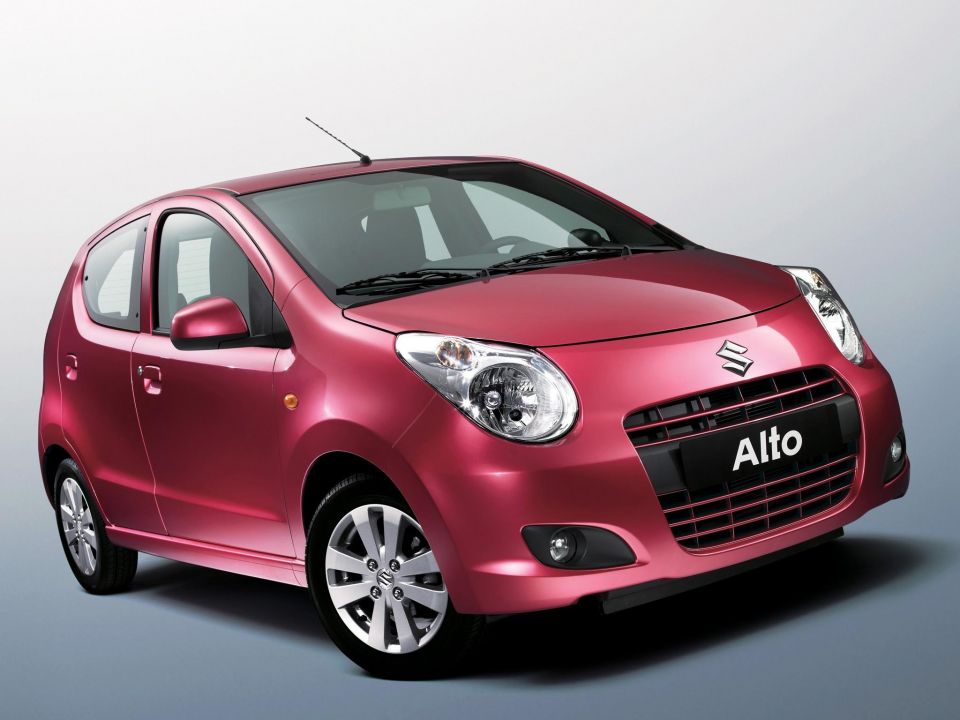
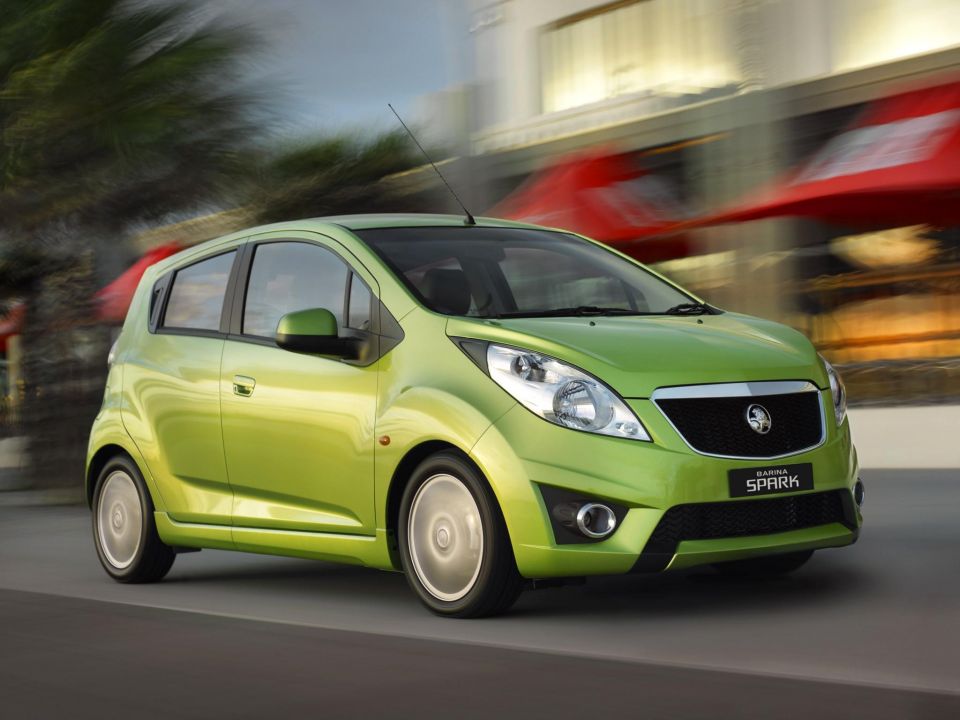
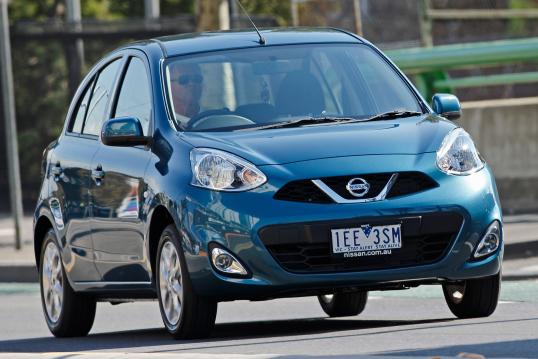
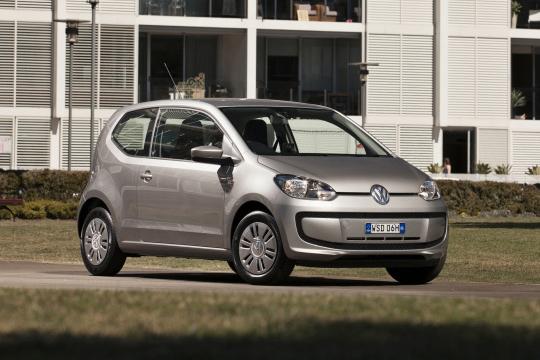
Volkswagen’s up! minicar is another that was discontinued in 2014 after only 18 months in Australian showrooms. During this time Volkswagen only managed to sell around 2000 examples.
Those small city cars that have stayed alive have become more expensive. The Toyota Yaris once priced below $20,000 drive-away, now it starts at $23,740 before on-road costs for the base Ascent Sport.
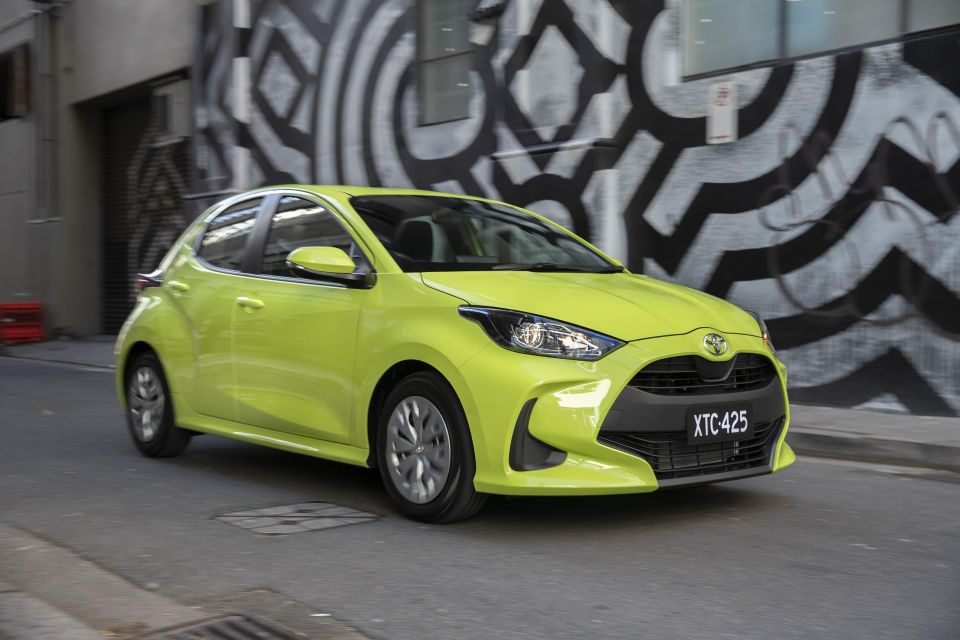
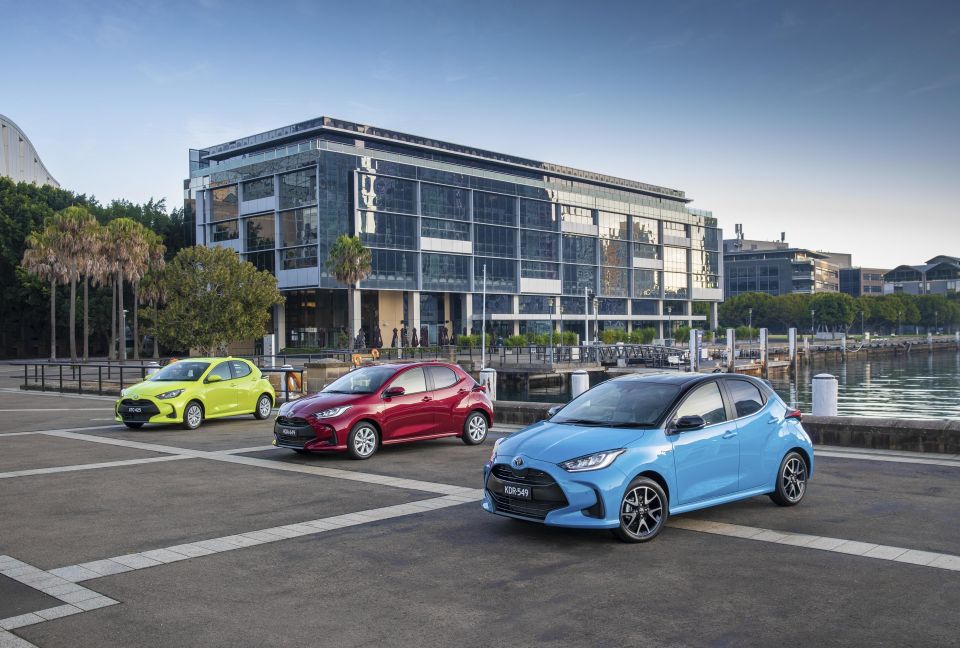
This pricing puts it almost against the upper limit of its Light vehicle under $25,000 segment.
You can still get your kicks in a cheap and cheerful car Down Under, though. Here are the 10 cheapest cars in Australia.
All vehicle prices exclude on-road costs unless stated otherwise. This story is based on list (or before on-road costs) prices, with drive-away pricing as a supplement.

The current, sixth-generation Mitsubishi Mirage has been on sale here in Australia since 2012 and is the cheapest car you can currently buy in ES manual form.
The Mirage nameplate has had a long history in Australia; it succeeded the Colt when it was introduced in the ’90s.
A small five-door hatchback, the Mirage is built at Mitsubishi’s plant in Laem Chabang, Thailand, along with its Triton, Pajero Sport, and Outlander PHEV siblings.
When the current generation first hit Australian showrooms it had an asking price of only $12,990 before on-road costs.
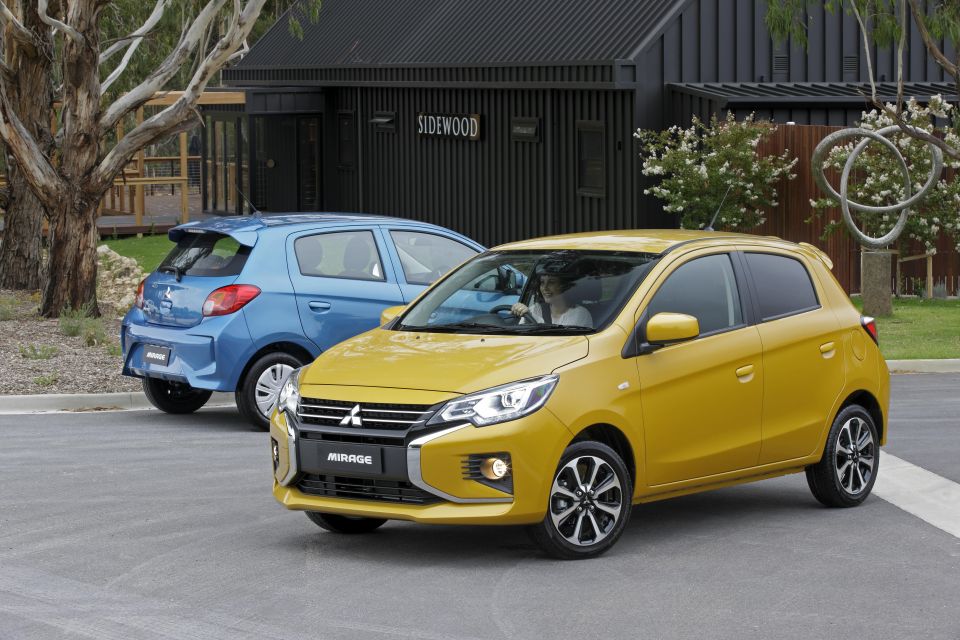
So far the Mirage has had two facelifts since it launched in 2012. The first was done in 2015 and the second in 2019.
This most recent second facelift brought autonomous emergency braking (AEB) to the range as standard.
On top of this, the Mirage includes safety features such as six airbags (front, side and curtain), anti-lock brakes (ABS), electronic brake-force distribution (EBD), electronic brake assist (EBA), electronic stability control (ESC), reversing camera, and front seatbelt reminders.
The Mirage is powered by a 1.2-litre naturally-aspirated three-cylinder that produces 57kW of power and 100Nm of torque.

This is all mated to a five-speed manual or CVT transmission, the latter of which costs an extra $1500.
It claims to consume 4.7L/100km on the combined cycle and can run on 91RON regular unleaded petrol. It’s also got a 35L fuel tank.
The Mirage measures 1665mm wide, 1510mm tall and 3845mm long with a 2450mm wheelbase. With the rear seats up it has a boot space of 235L, which can be expanded to 599L with the seats down.

The 2022 Mitsubishi Mirage ES comes standard with the following features:
Every colour except for white costs an additional $740.
To read the full price and specs story for the 2022 Mitsubishi Mirage click here.
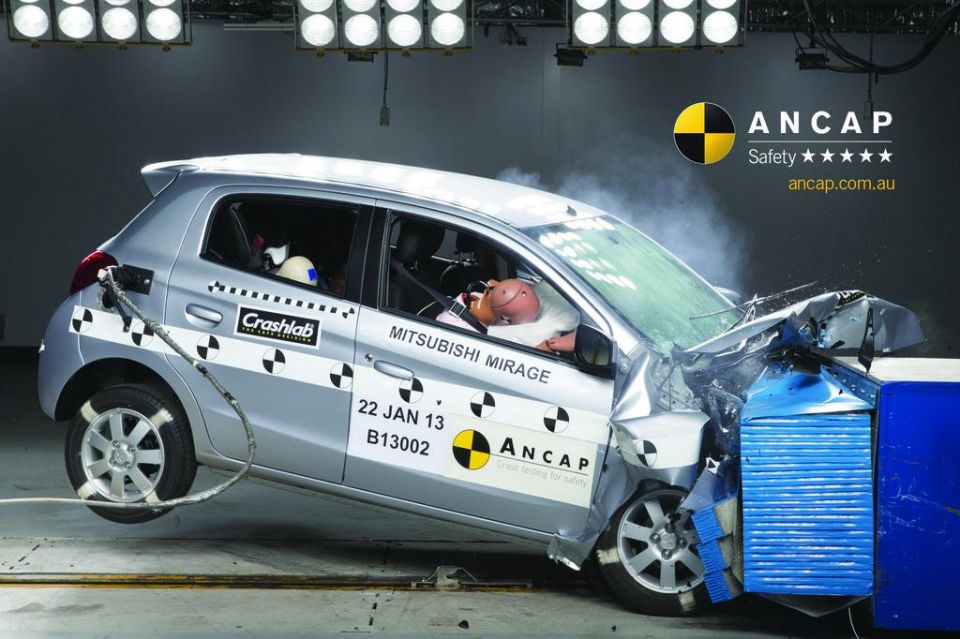
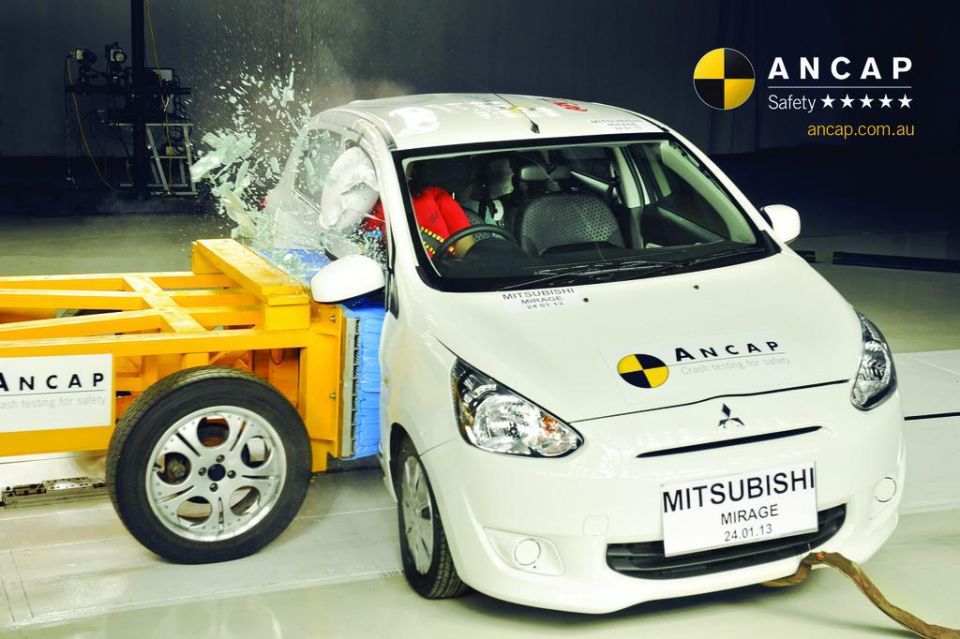
According to VFACTS, Mitsubishi managed to sell 695 Mirage models until the end of September 2021.
The Mitsubishi Mirage mightn’t be hanging around in Australian showrooms for much longer though, as it doesn’t comply with ADR85/00 for Pole Side Impact Performance. From 1 November 2021, every vehicle on sale here in Australia must meet this standard.
CarExpert understands the Mirage could be axed as a result of the new regulations, but that Mitsubishi isn’t ready to give up on passenger cars in Australia.
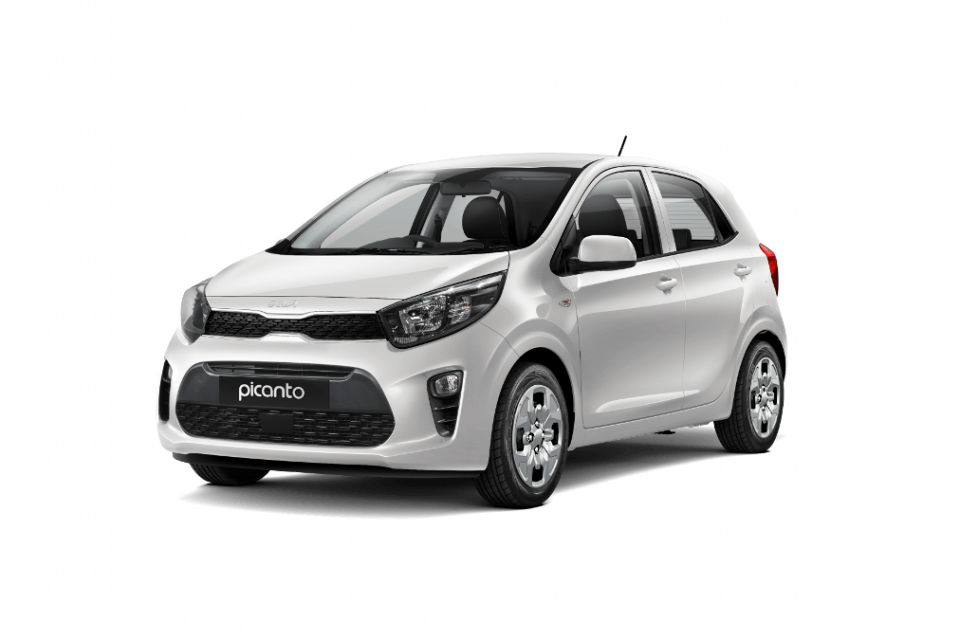
For an additional $700 over the Mirage, you can get yourself a Kia Picanto. The model has been on sale in Australia since 2016.
It briefly made an appearance in second-generation form when it first arrived, and was updated with the current third-generation model in 2017.
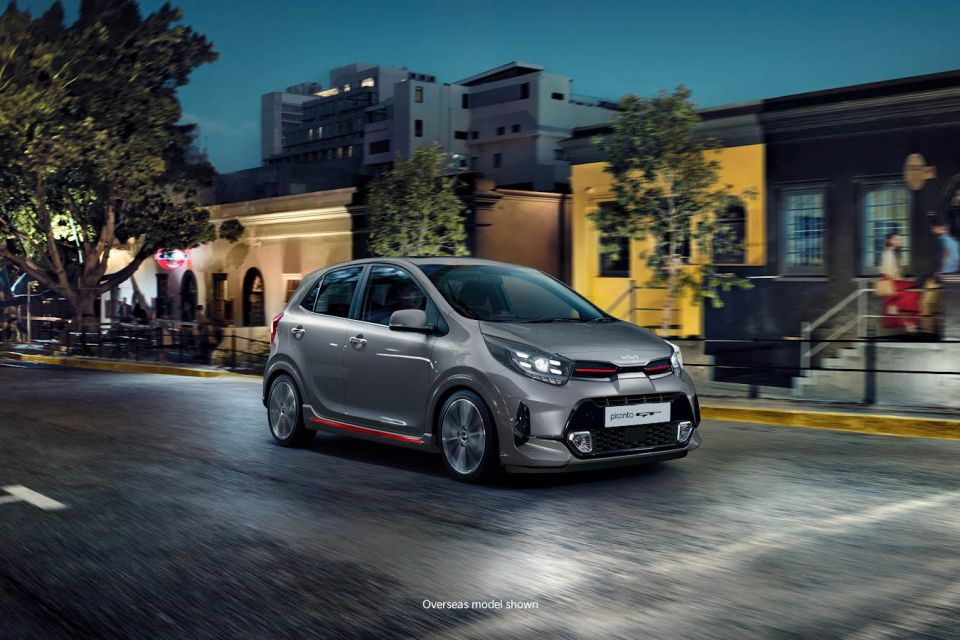
This model is made in Seosan, South Korea, as part of a joint venture with automotive parts manufacturer Donghee Auto.
When the Picanto launched in Australia is offered at $14,990 before on-road costs. It has received one facelift during its third generation, released in 2020. More recently, the 2022 Picanto receives the new Kia logos throughout.
Powering the Picanto is a 1.25-litre naturally-aspirated four-cylinder producing 62kW and 122Nm.
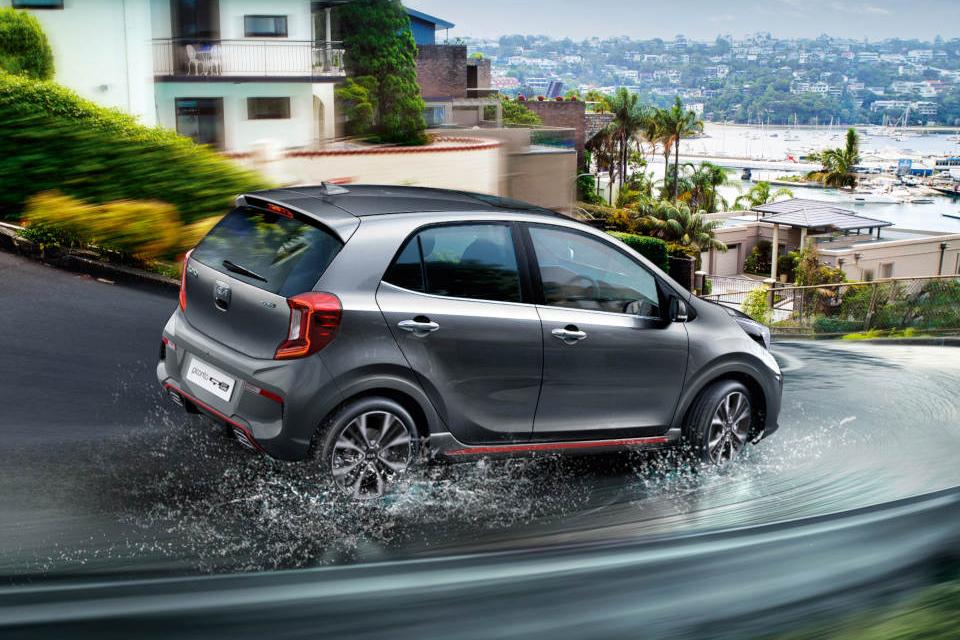
This is all mated to a five-speed manual or an optional four-speed automatic transmission for an extra $1600.
The Picanto claims to consume 5.0L/100km on the combined cycle, and can run on 91 RON regular unleaded petrol. It also has a 35L fuel tank.
A little smaller than the Mirage is every dimension, the Picanto measures in at 1595mm wide, 1485mm tall, and 3595mm long with a 2400mm wheelbase.
With the rear seats up the Picanto has a boot capacity of 255L, which can be expanded to 1010L with the rear seats folded.
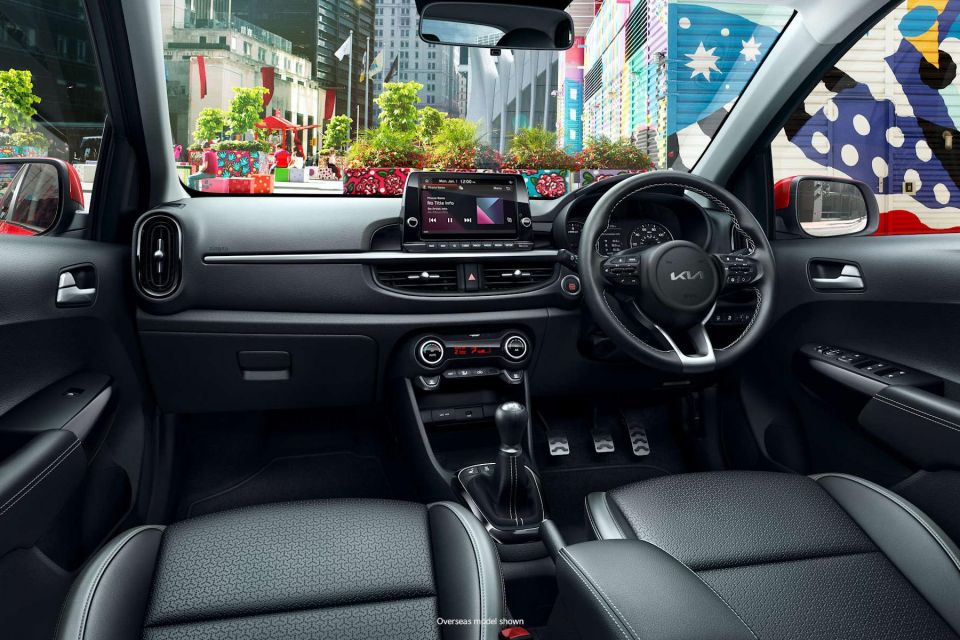
The Picanto comes standard with safety features such as six airbags (front, side and curtain), AEB at city speeds, seat belt reminders, EBD, EBA, ESC, rear parking sensors and a reversing camera.
The 2022 Kia Picanto S comes standard with the following equipment:
Every colour except white is an extra $520.
To read the full price and specs story for the 2022 Kia Picanto click here.
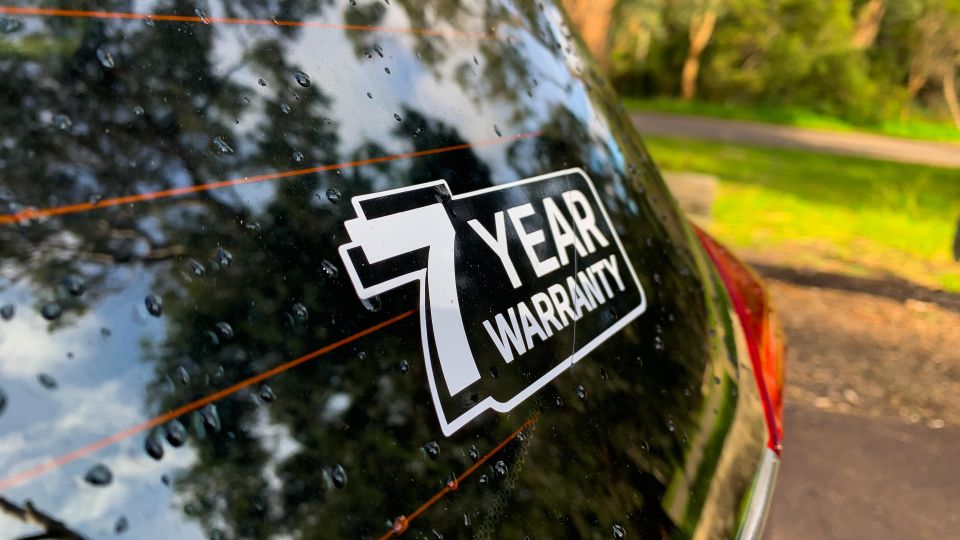
According to VFACTS, Kia sold 5132 micro Picanto models, which well and truly beats the sales figure of the Mirage mentioned above.
In fact, Kia managed to sell more than seven times the number of Picanto models than Mirage models during this period.

The MG 3 is the only automatic-only model included included in this list, every other model is available with a manual for cheaper.
It’s also Australia’s cheapest automatic car, given Mirage and Picanto automatic models cost more than the MG 3 Core.
Although it competes with these two cars, the MG 3 is classified as a Light vehicle according to VFACTS due to its larger dimensions.
At $17,990 drive-away, the MG 3 is the same drive-away price as the Picanto. MG doesn’t list any prices before on-road costs prices for its models.
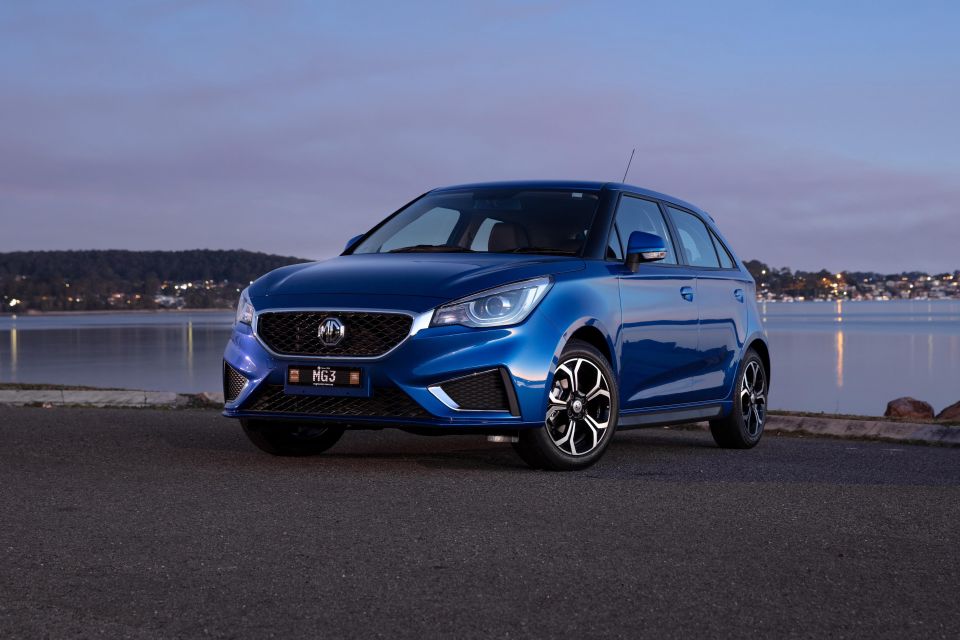
MG Motor, a subsidiary of SAIC Motor, is cashing in the on the name and sports car heritage of the brand, and now produces and exports consumer cars and SUVs.
The MG 3 is the brand’s entry-level hatch and is manufactured in Pukou, China at the Nanjing Automobile plant.
Technically a second-generation model, a first-generation MG 3 was only available in China as a rebadged Rover Streetwise hatchback.
This current model MG 3 has been on sale since 2011 in other markets and arrived on Australian soil in 2016.
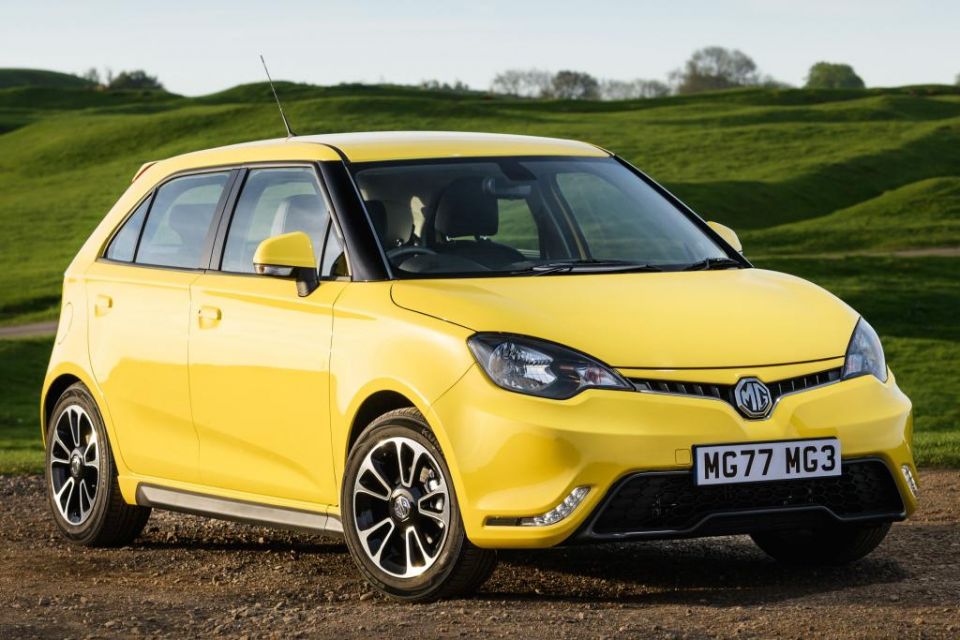
When it arrived it was priced at $13,990 before on-road costs.
During its time on the Australian new car market it received a facelift, in 2018.
This facelift entailed redesigned front and rear fascias, along with a new interior that allowed for a touchscreen infotainment system.
MG axed the manual transmission from the MG 3 range in 2018, at the same time as this facelift as well.
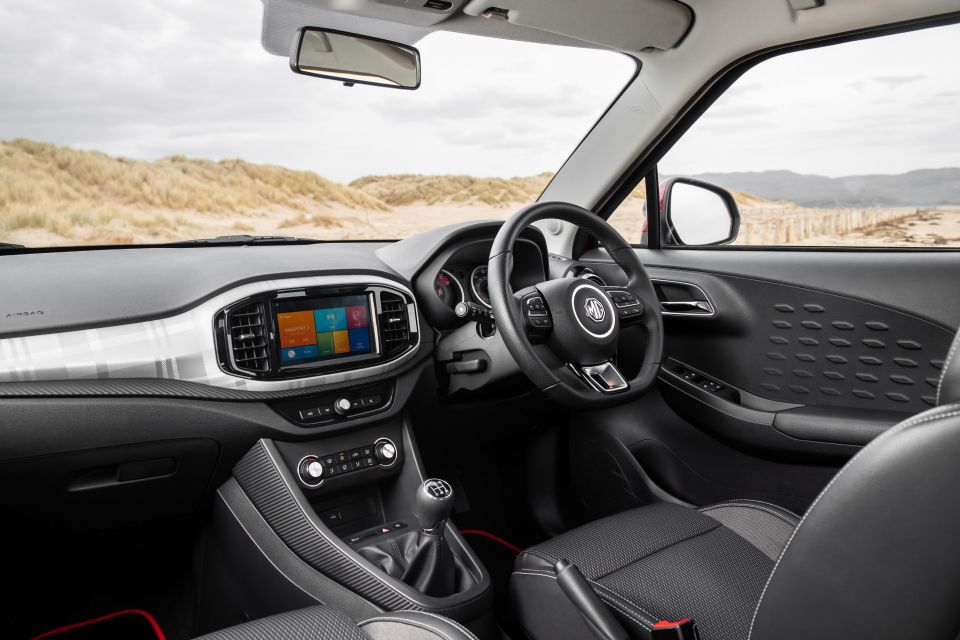
Powering the MG 3 is a 1.5-litre naturally-aspirated four-cylinder that produces 82kW and 150Nm. This is mated to a four-speed automatic transmission.
The MG 3 claims to consume 6.7L/100km on the combined cycle and requires 95 RON premium unleaded petrol at a minimum. It’s also got a 45L fuel tank.
As mentioned above, the MG 3 is larger than both the Mirage and Picanto and measures in at 1729mm wide, 1504mm tall, and 4055mm long with a 2520mm wheelbase.
With the rear seats upright, the MG 3 has a boot capacity of 307L which can be expanded to 1081L with the rear seats down.
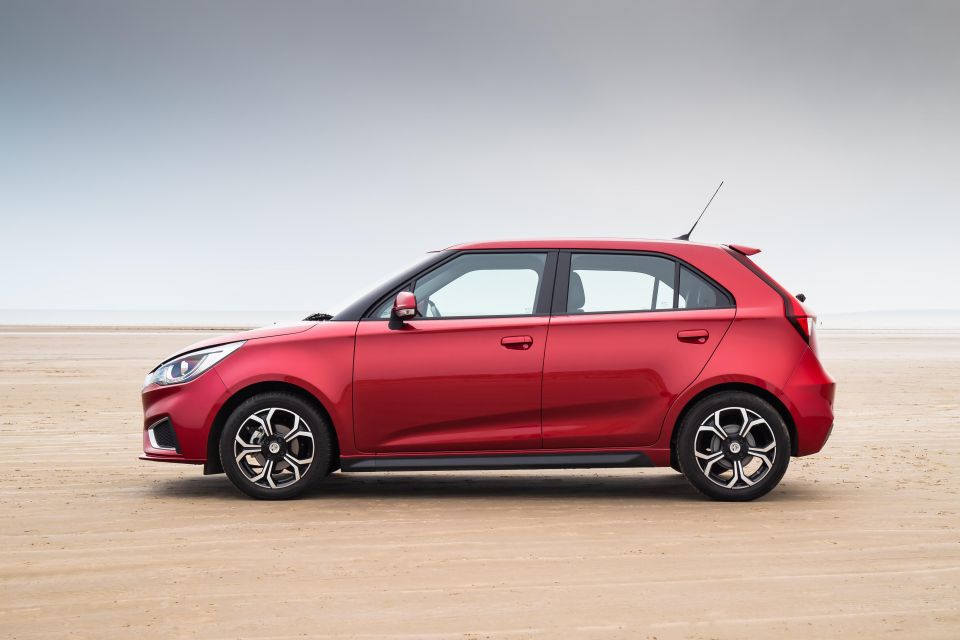
On the safety front, the MG 3 has six airbags (front, side and curtain), EBD, EBA, ESP, active cornering brake control, hill-start assist, rear parking sensors, and a reversing camera.
The MG 3 range doesn’t offer active safety features such as AEB.
The 2022 MG 3 Core Auto comes standard with the following equipment:
Every colour except for black, white and yellow cost an additional $500.
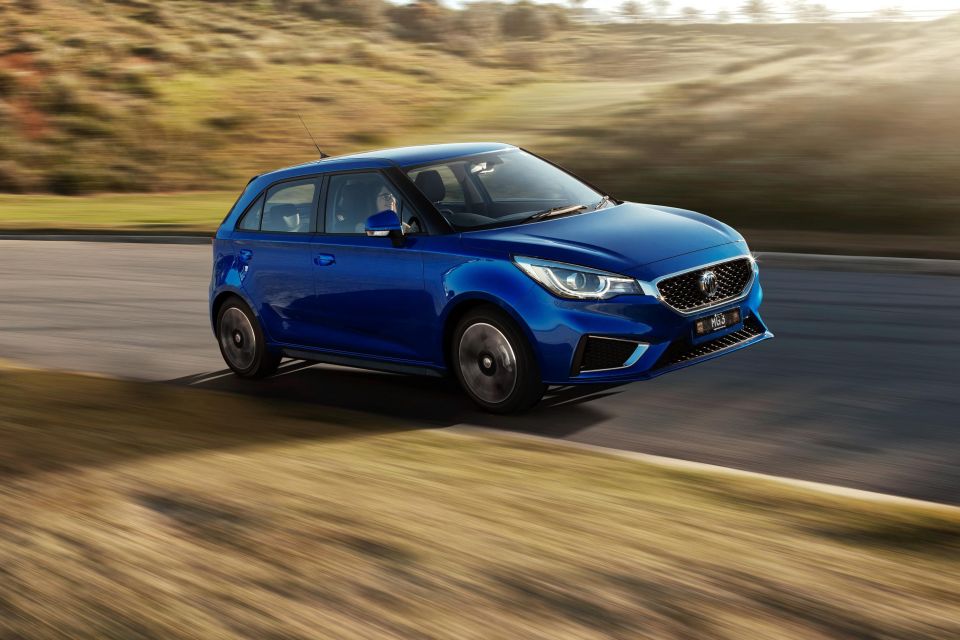
A segment leader, MG has managed to sell 10,276 MG 3 models until the end of September 2021 according to VFACTS.
Its closest competitor in the segment is the Kia Rio. Kia only managed to sell 3588 examples over the same time period.
It also well and truly outsold the Micro-segment vehicles like the Mirage and Picanto, with MG selling around two times the amount of MG 3 models than Picanto (5132) models.
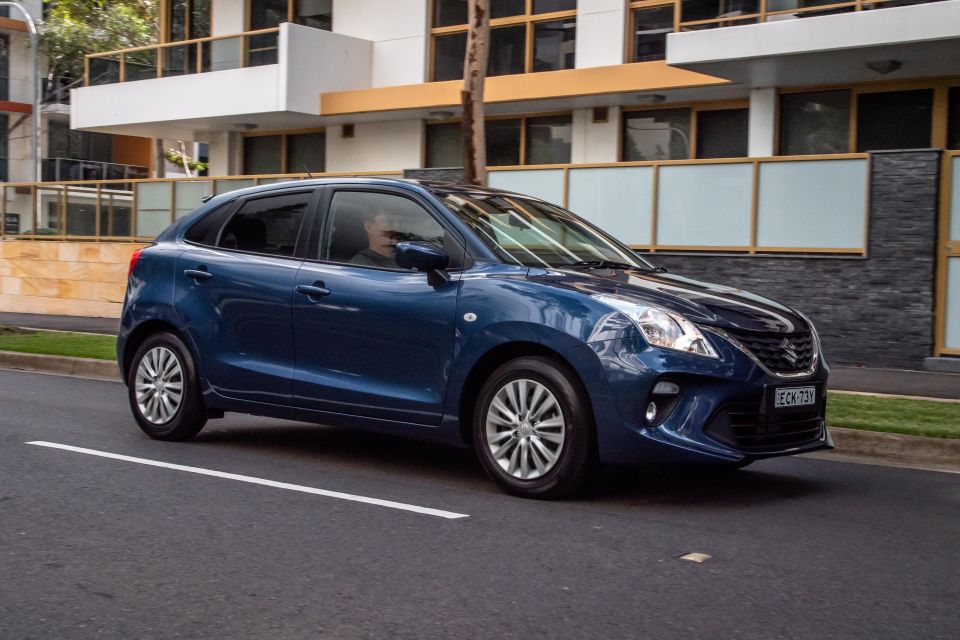
The Suzuki Baleno seems cheaper than the MG 3 at first, but that’s when you realise that this price that Suzuki lists doesn’t include on-road costs.
The drive-away pricing for the Baleno is $1500 more expensive than the MG 3.
It’s also at this point where we’re deeply exploring the offerings in the Light vehicle category.
The Baleno nameplate, just like the Mirage, has a long history here in Australia.
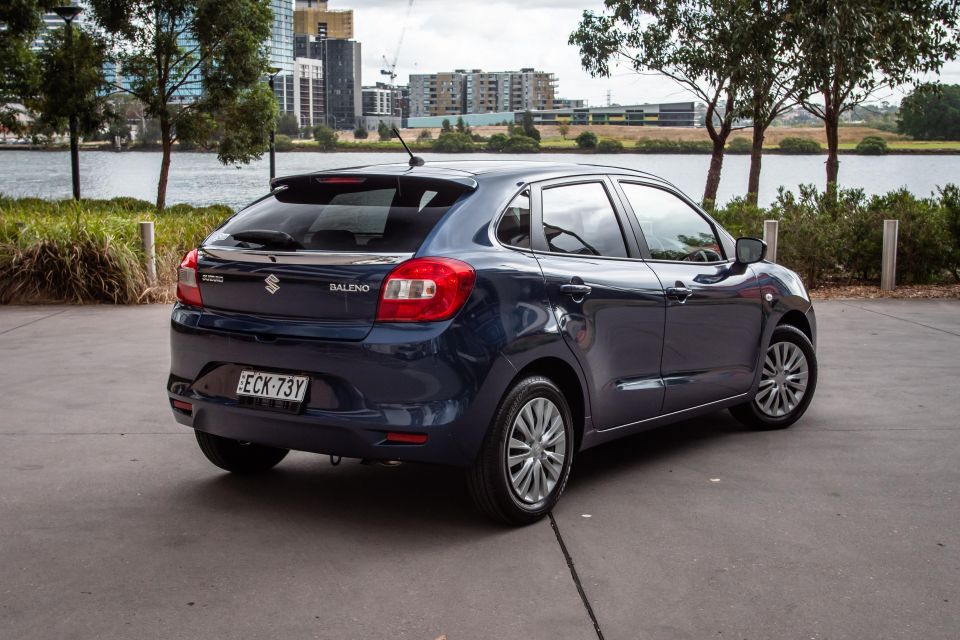
It was first seen in the ’90s and even had a sporty trim level called the GTX.
The current generation has been on sale here in Australia since 2016.
This model is made in Mensar, India at the Maruti Suzuki plant. It’s currently the only Suzuki sourced from this plant for Australia.
Other Suzuki models such as the Jimny and the Swift are sourced from Japan, whereas the S-Cross and the Vitara are sourced from Hungary.

When the current-generation Baleno launched in Australia it was priced at $15,990 before on-road costs.
It’s had one facelift during its time on sale here in Australia, which was in mid-2019.
Powering the Baleno is a 1.4-litre naturally-aspirated four-cylinder petrol engine producing 68kW and 130Nm.
This is mated to a five-speed manual or a four-speed automatic transmission for an additional $1000.
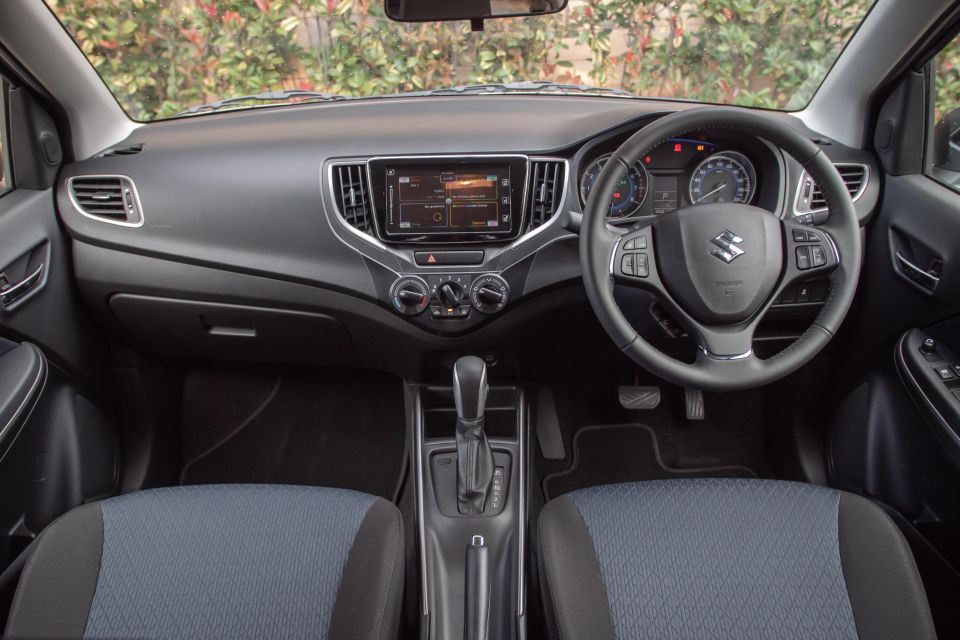
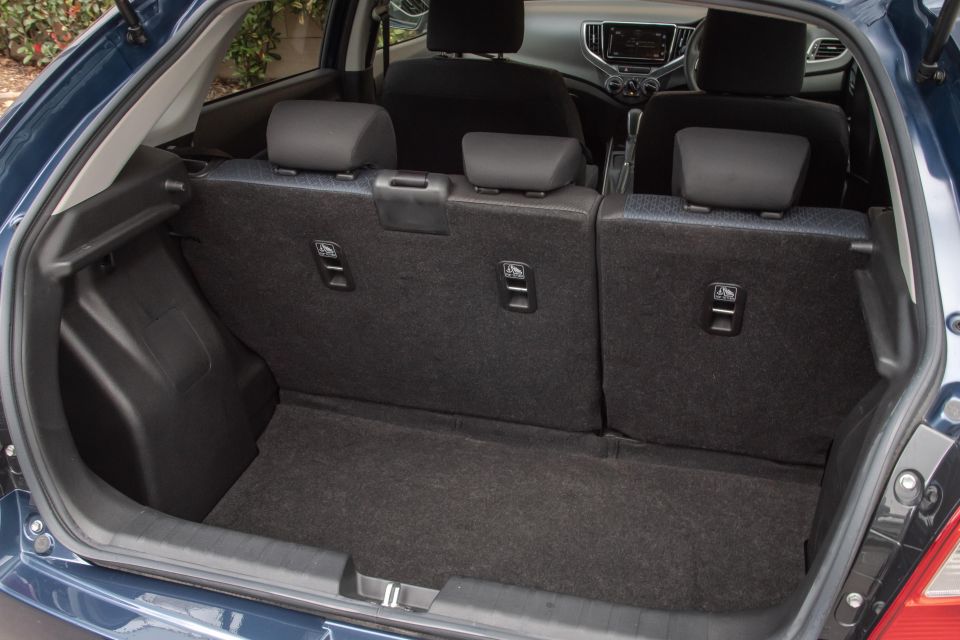
The Baleno manual has a claimed combined fuel consumption of 5.1L/100km and can run on 91 RON regular unleaded petrol. It’s also got a 37L fuel tank.
In the past there was a 1.0-litre turbocharged three-cylinder producing 82kW and 160Nm, but this engine was discontinued in the Baleno during the 2018 model year.
This engine lives on in the top-spec Swift GLX Turbo that costs $28,790 drive-away.
The Baleno measures 1745mm wide, 1470mm tall, and 3995mm long with a 2520mm wheelbase.
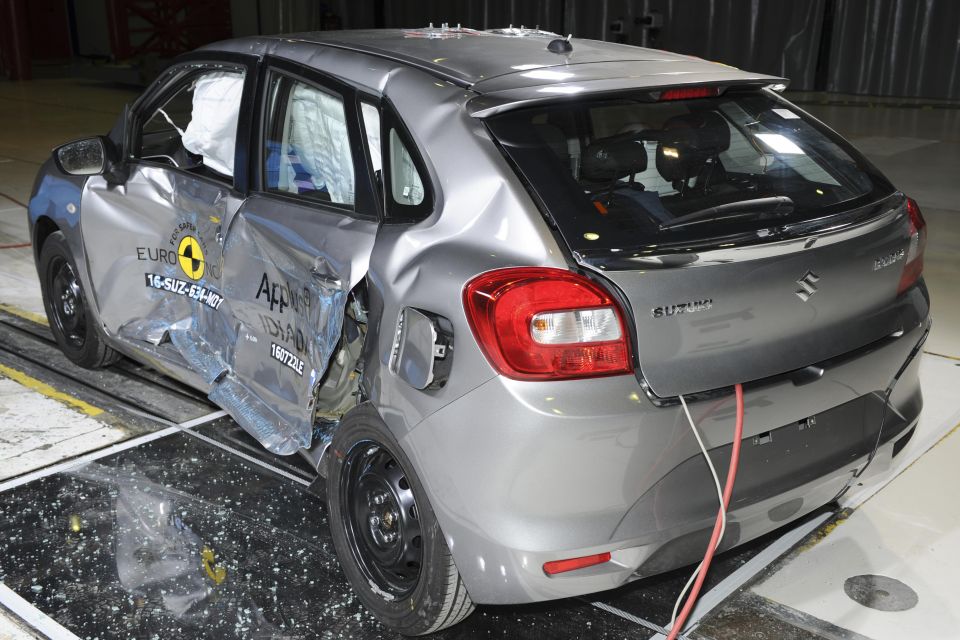
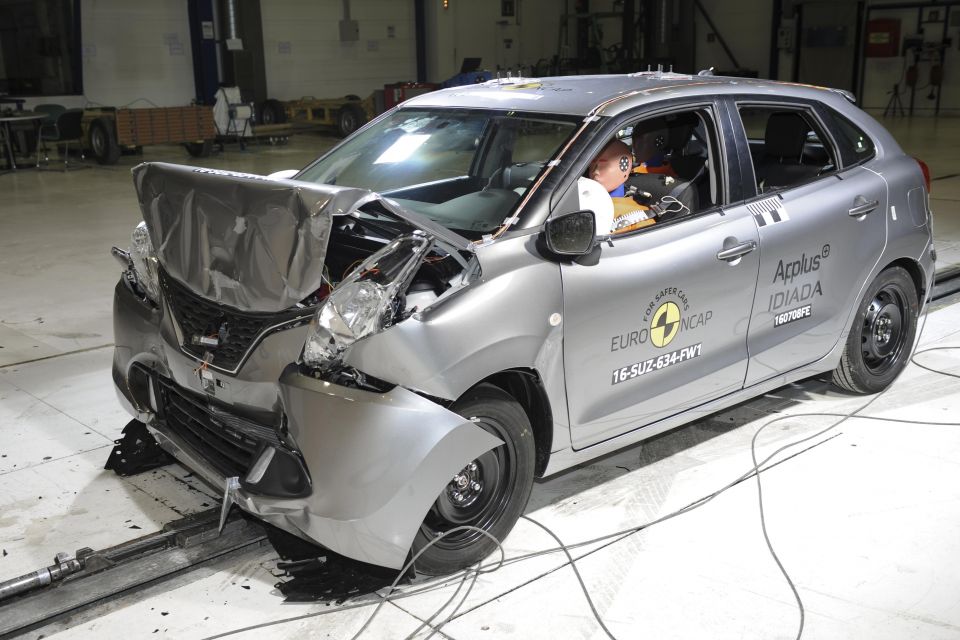
With the second row of seats up there’s 355L of storage in the boot, increasing to 756L with the seats folded.
On the safety front, the Baleno has safety features such as six airbags (front, side and curtain), ABS, brake assist system (BAS), ESP, hill-start assist, and a reversing camera.
AEB isn’t available in this model in any trim level.
The 2022 Suzuki Baleno GL manual comes standard with the following features:

Stepping up to the top of the range GLX trim gets you a reach-adjustable steering (the GL trim steering wheel only tilts) as well all-around disc brakes among other features. Every paint colour except white is an extra $595.
According to VFACTS, up until September 2021 Suzuki has sold 2977 Baleno models.
It’s one of the lowest selling models in its Light vehicle segment, only outselling the Skoda Fabia that’s due to be replaced by a next-generation model arriving in the first quarter of 2022.
The Baleno’s next best-selling rival is its smaller, yet more expensive Swift-sibling with 3385 examples sold.
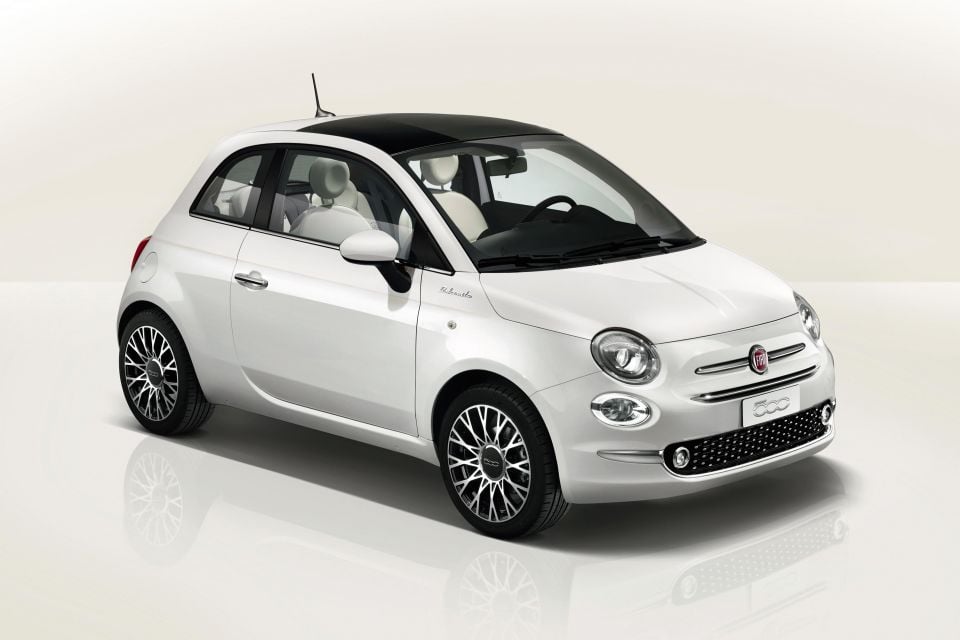
It’s with the Fiat 500 that we once again revisit the Micro car segment.
The Fiat 500 is the last of three total entrants to be mentioned in this story.
It goes without saying the Fiat 500 has a long history, with the first Cinquecento model coming to Australia as an N generation in the 1960s.
This model was powered by a 479cc two-cylinder engine mated to a four-speed manual that produced only 9.7kW.
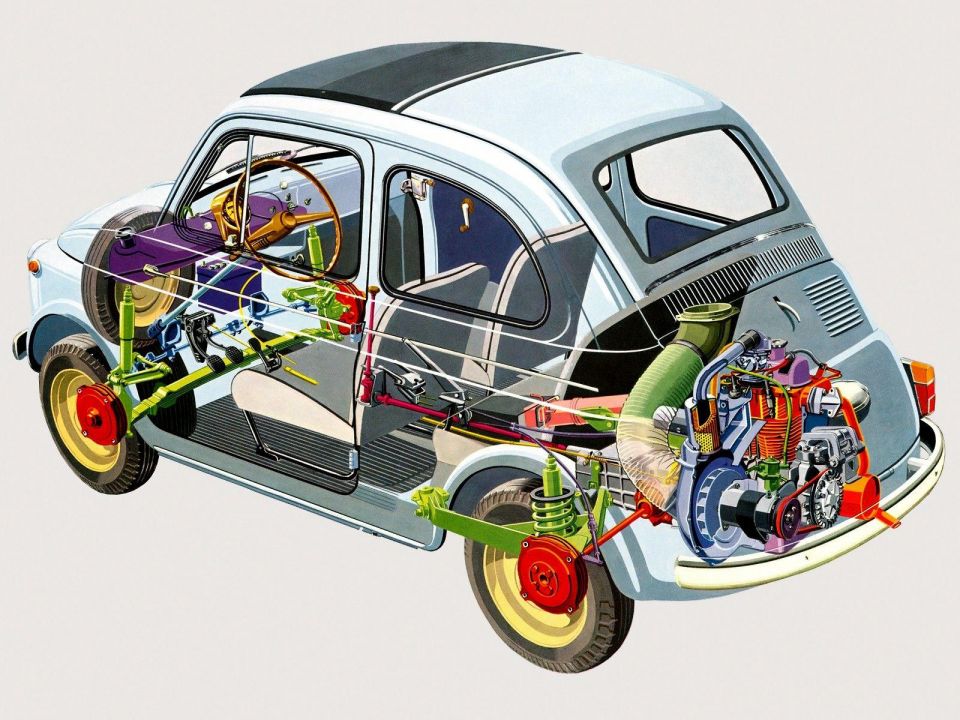
Fast forward to the twenty-first century and Fiat decided to revamp the 500 with some retro-cool looks.
As a reinvention of the original model, it was first available in 2007 as a hatchback.
In 2010 the soft-top convertible 500C arrived on Australian soil to be sold alongside its hatch counterpart.
A performance variant, the Abarth 500 Esseessee, became available in 2011 with from a 1.4-litre turbocharged four-cylinder producing 118kW and 201Nm.
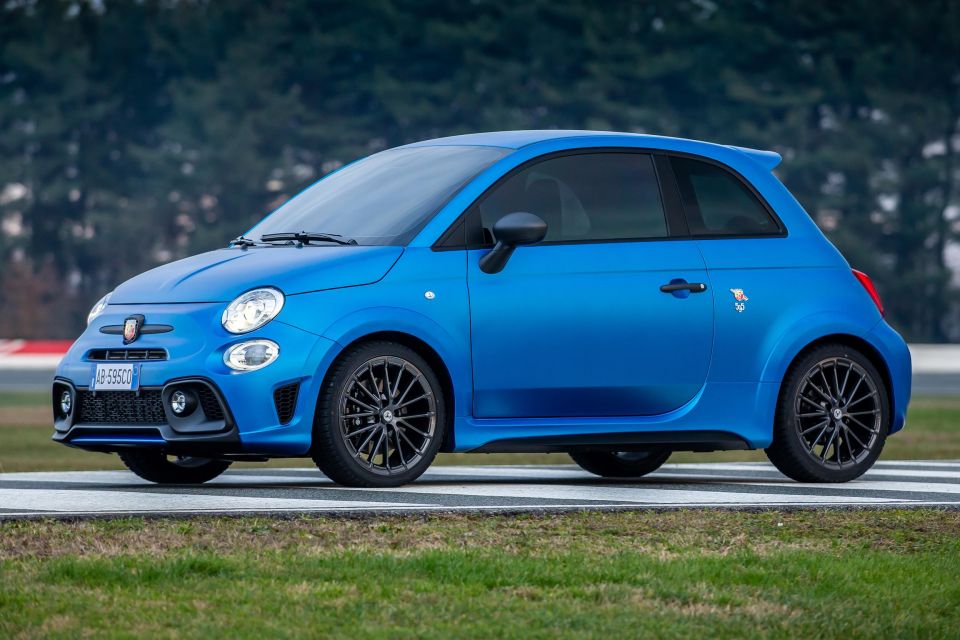
The Fiat 500 range received a facelift in 2016 with a redesigned grille, new front and rear fascias, and reshaped headlights incorporating LED daytime running lights.
All Fiat 500 models are manufactured in Tychy, Poland at the Fiat Poland plant.
At launch in 2007, the Fiat 500 range started at $22,990 before on-road costs, but prices dropped as low as $14,000 drive-away in 2013.
Powering the regular 500 is a 1.2-litre naturally-aspirated four-cylinder producing 51kW and 102Nm.
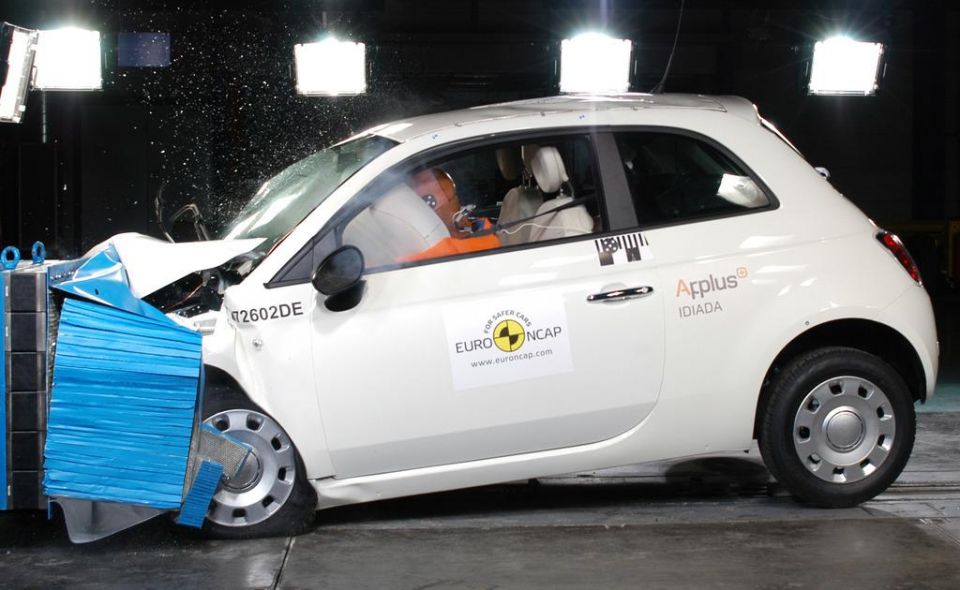
It’s mated to a five-speed manual or an optional five-speed ‘Dualogic’ automated manual transmission for an extra $2000.
Fiat claims the 500 drinks 4.9L/100km on the combined cycle and requires a minimum of 95 RON premium unleaded petrol. It also has a 35L fuel tank.
The Fiat 500 measures in at 1627mm wide, 1488mm tall, and 3571mm long with a 2300mm wheelbase. It also has a boot capacity of 185L.
On the safety front, the 500 has seven airbags (front, front side, curtain and driver knee), ABS, ESP, EBD, traction control, hill holder, reversing sensors and a tyre pressure monitoring system.
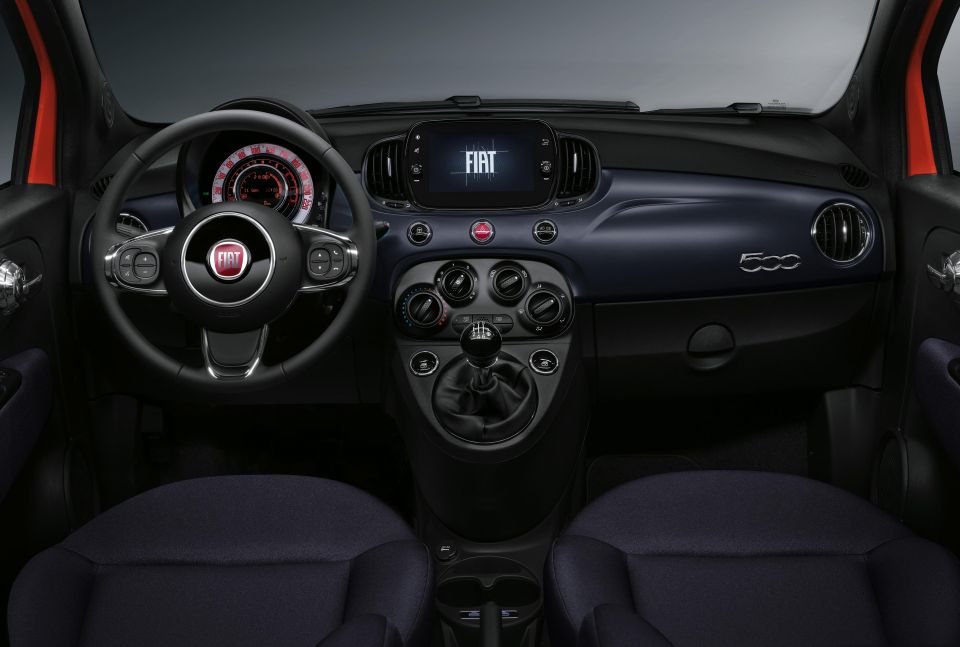
The 2022 Fiat 500 Lounge comes standard with the following equipment:
Every colour except for white is an additional $550.
According to VFACTS, Fiat has sold 449 examples of the 500 up until September 2021.
This sales figure includes the performance-oriented Abarth 595 as well.
At the moment it’s the lowest-selling Micro-segment car with a market share of only 7.2 per cent, compared to the Kia Picanto and its 81.8 per cent share.
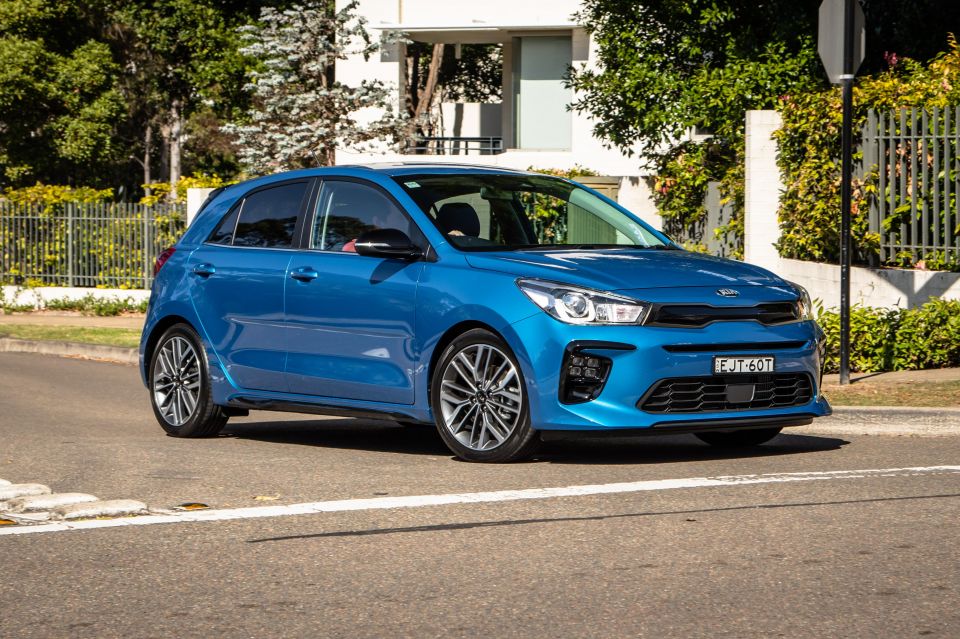
The Kia Rio is only $140 more expensive than the Fiat 500 before on-road costs, but the South Korean hatch undercuts the smaller Italian hatch’s drive-away price by $2747.
In its fourth generation now, the Rio first came Down Under in 2000 as a sedan and hatchback.
The first-generation car went on sale in late 2016 and received a mid-life facelift in 2020.
More recently, the Rio axed the four-speed automatic transmission for a six-speed in all models apart from the GT-Line (with its dual-clutch transmission) and now features Kia’s new corporate logo throughout.

When the fourth-generation first launched, the range started at $16,990.
This model is made in Gwangmyeong, South Korea at the company’s Sohari plant.
Powering the majority of the Rio range is a 1.4-litre naturally aspirated four-cylinder producing 74kW and 133Nm.
This is all mated to a six-speed manual or an optional six-speed automatic transmission for an additional $2300.
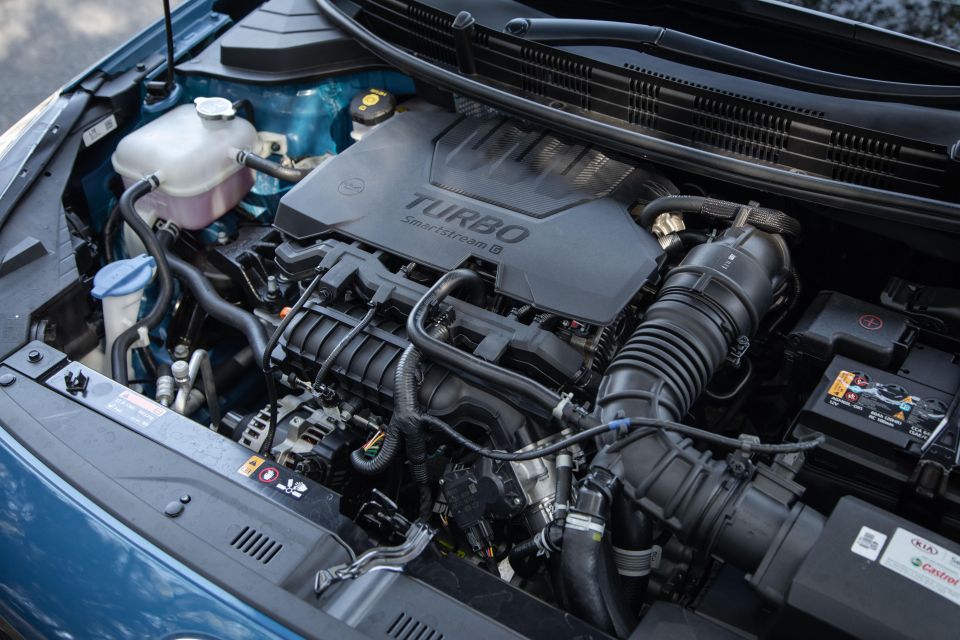
A turbocharged three-cylinder with a seven-speed dual-clutch transmission is available on the top-of-the-range GT-Line trim.
Kia claims the Rio models with the naturally-aspirated four-cylinder engine and manual transmission can consume 5.6L/100km on the combined cycle and use 91 RON regular unleaded petrol. The Rio has a 45L fuel tank.
A similar size to the Suzuki Baleno, the Rio measures in at 1725mm wide, 1450mm tall, and 4065mm long with a 2580mm wheelbase.
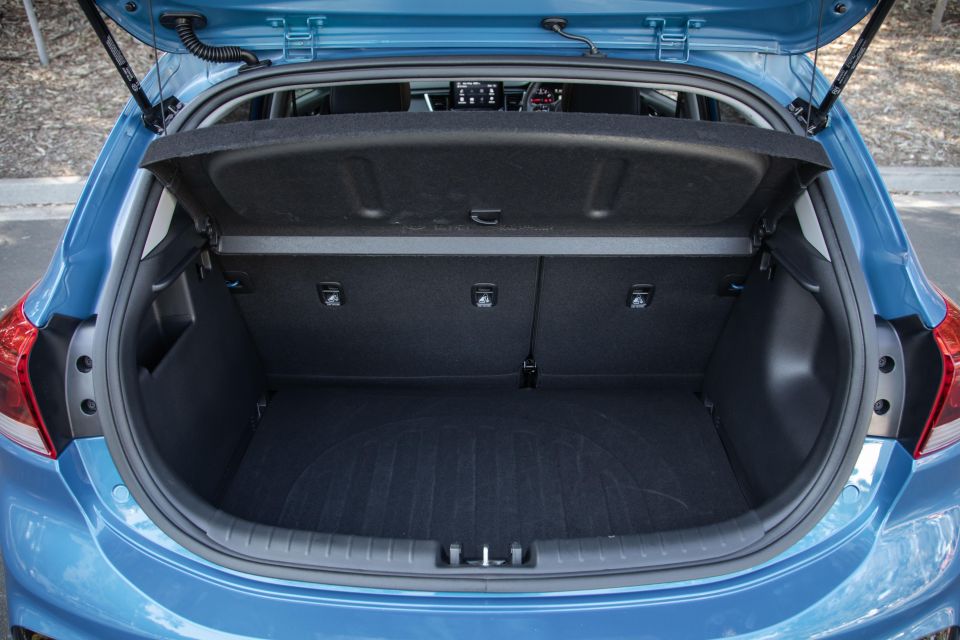
With the rear seats upright the Rio has a boot capacity of 325L that can be expanded to 980L with the rear seats folded.
On the safety front, the Rio has six airbags (front, front side and curtain), ABS, ESC, hill-start assist, seatbelt reminders, rear parking sensors and a reversing camera.
You don’t get AEB until you step up to the next trim up, the Sport, which also gets you active safety features like lane-keeping assist and driver attention alert.
The 2022 Kia Rio S comes standard with the following equipment:
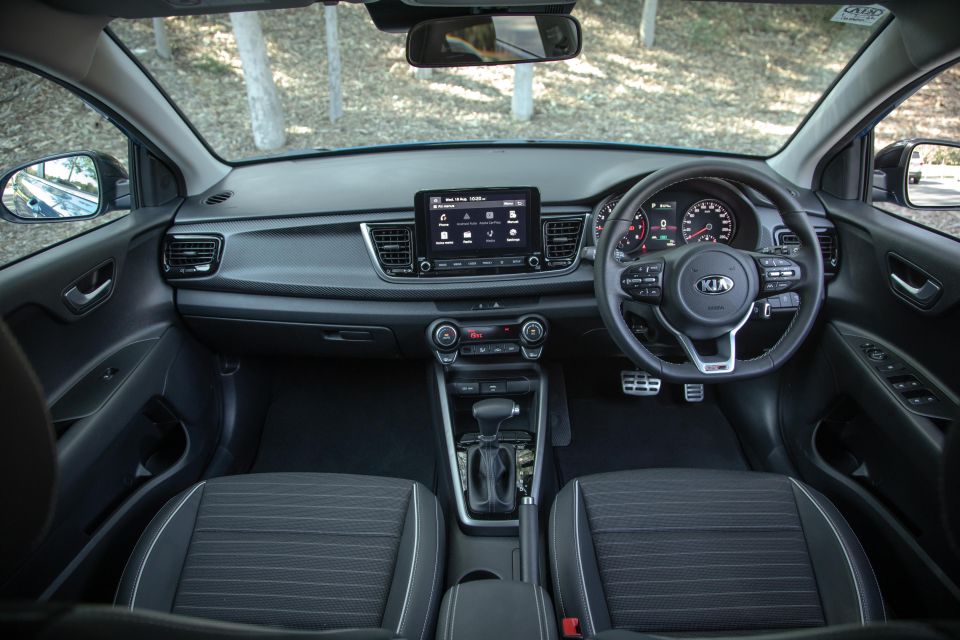
Every colour except for white costs an additional $520.
According to VFACTS, Kia managed to sell 4493 Rio models up until the end of September 2021.
This sales figure is the second highest for the light vehicle segment with the Rio outselling the Toyota Yaris (3897), Volkswagen Polo (3787), Mazda 2 (3588), and the Suzuki Swift (3385).
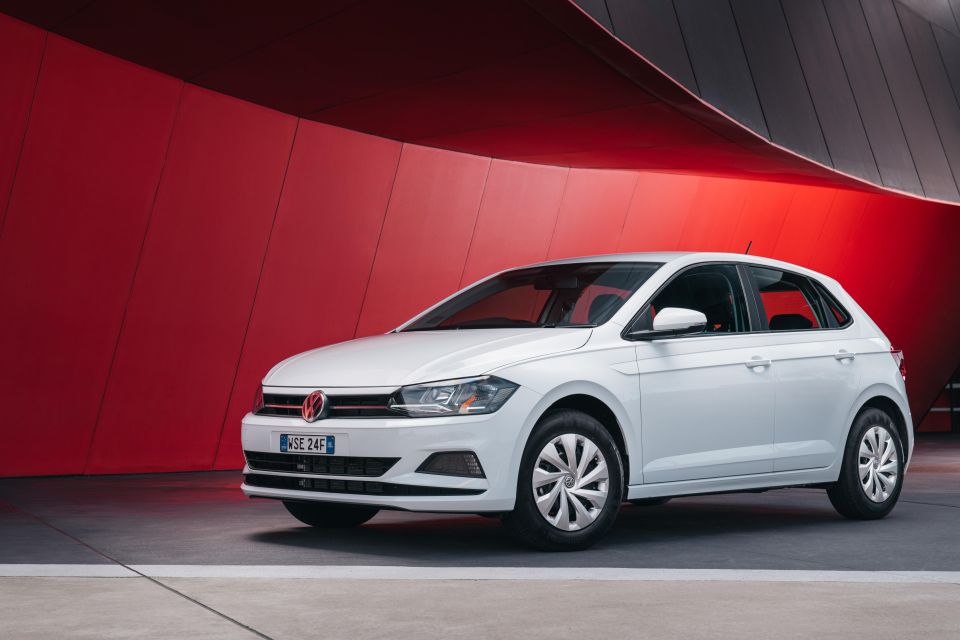
The Volkswagen Polo is the German automaker’s entry-level vehicle, and remains one of the best-selling vehicles in the light car segment.
It’s only $200 more expensive the Kia Rio before on-road costs, but is an additional $2000 based on drive-away pricing.
Now in its sixth generation, the Polo first came to Australia in 1996 in third-generation form.
When the sixth-generation model first touched down on Australian soil in late 2017 the range started at $17,990 before on-road costs.
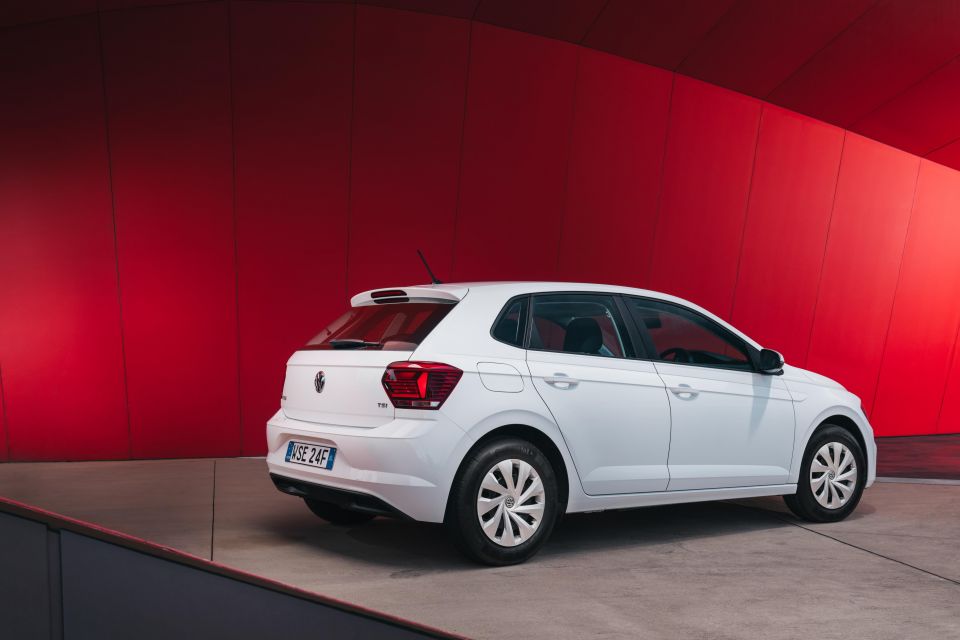
The Australian-spec Polo, including the Polo GTI, is manufactured in Uitenhage, South Africa.
A recent change to the Polo is that now it has ‘Polo’ spelled across the rear of the vehicle like other current Volkswagen models.
There’s a facelift on its way. It’s expected to arrive in the second quarter of 2022, with an updated GTI hitting Australian showrooms by May 2022.
Powering the base-model Polo is a 1.0-litre turbocharged three-cylinder producing 70kW and 175Nm.
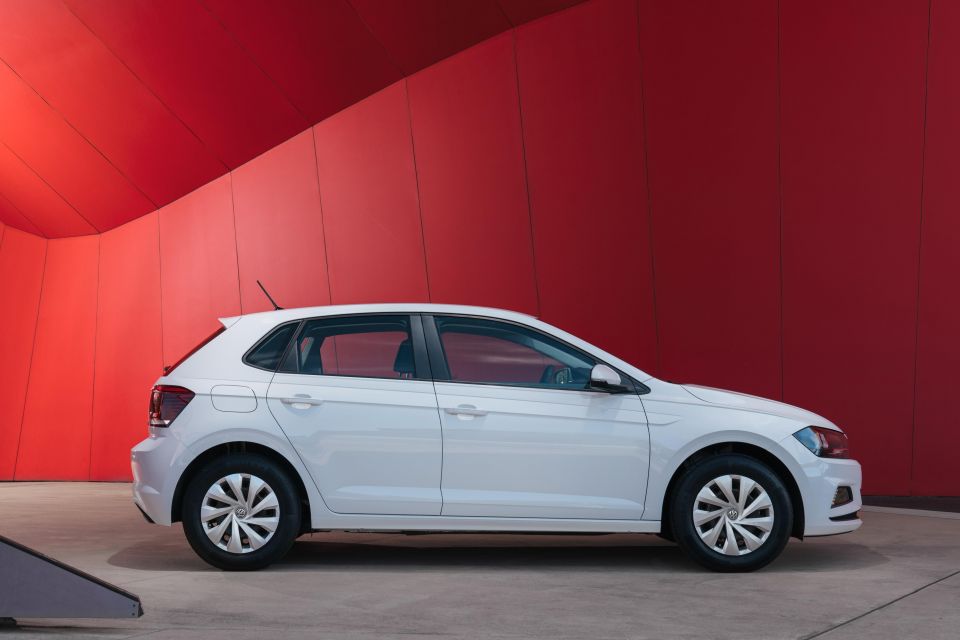
This is sent to the front wheels through a five-speed manual or a seven-speed ‘DSG’ dual-clutch automatic transmission for an additional $2500.
There’s a higher-output ’85 TSI’ turbocharged three-cylinder and turbocharged four-cylinder engines available in the Polo range as well.
Volkswagen claims the Polo with the base engine and manual transmission consumes 4.8L/100km on the combined cycle and requires a minimum of 95 RON premium unleaded petrol.
It’s also got a 40L fuel tank.

The Polo measures in at 1751mm wide, 1446mm tall, and 4053mm long with a 2548mm wheelbase.
The Polo has a boot capacity of 351L, which can be expanded to 1125L with the rear seats folded.
On the safety front, the Polo comes standard with six airbags (front, front side and curtain), AEB with pedestrian detection, brake assist, EBD, hill-start assist, reversing camera, and driver fatigue detection.
The 2022 Volkswagen Polo 70 Trendline comes standard with the following equipment:
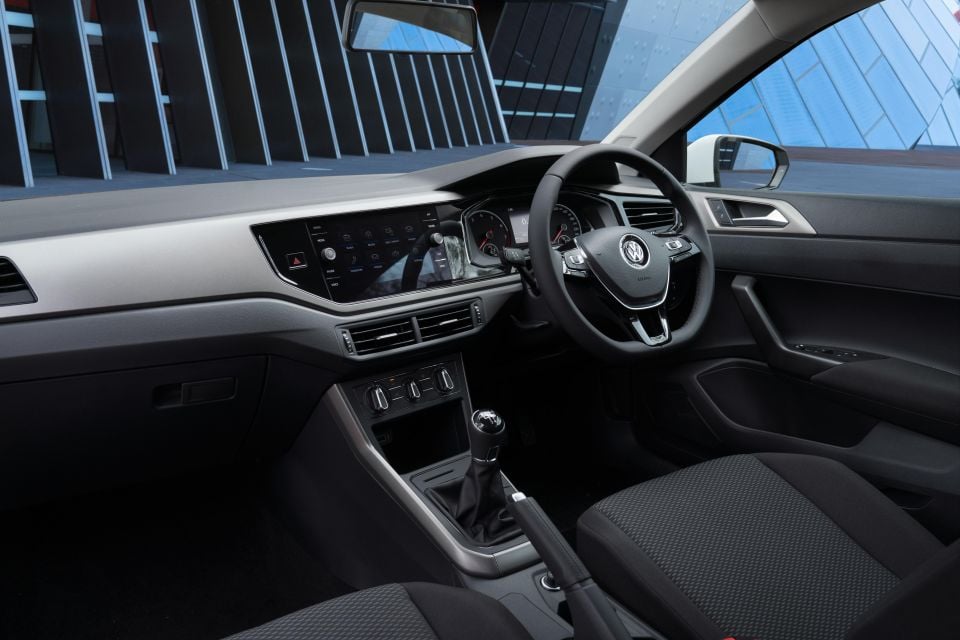
Every colour except for white costs an additional $600.
According to VFACTS, Volkswagen has sold 3787 Polos up until the end of September 2021.
This sales figure is a quite a bit lower than the current segment leader, the MG 3, which has sold 10,276 examples over the same time period.
It did however sell mo re than its larger Golf hatchback sibling (1372), which has moved from the Mk7.5 to the Mk8 generation.
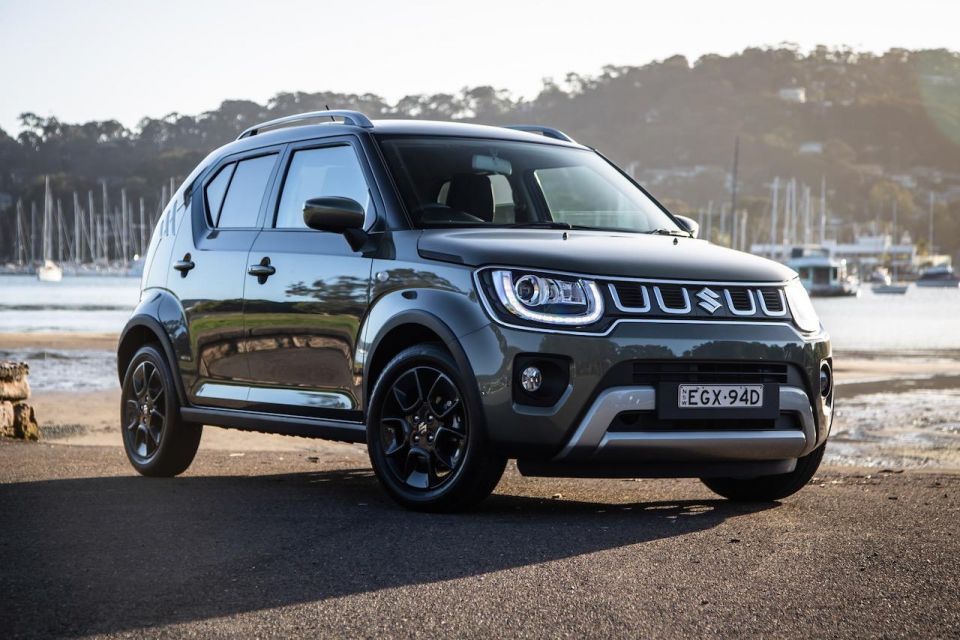
As the last vehicle under $20,000 before on-road costs in this story, the Suzuki Ignis, is a no-frills small crossover.
Now in its second generation, the Ignis first came to Australia in 2000. You might also remember a version of the first-generation of the Ignis was sold Down Under in the form of the Holden Cruze.
When the second generation was introduced, the Ignis range started at $15,990 before on-road costs.
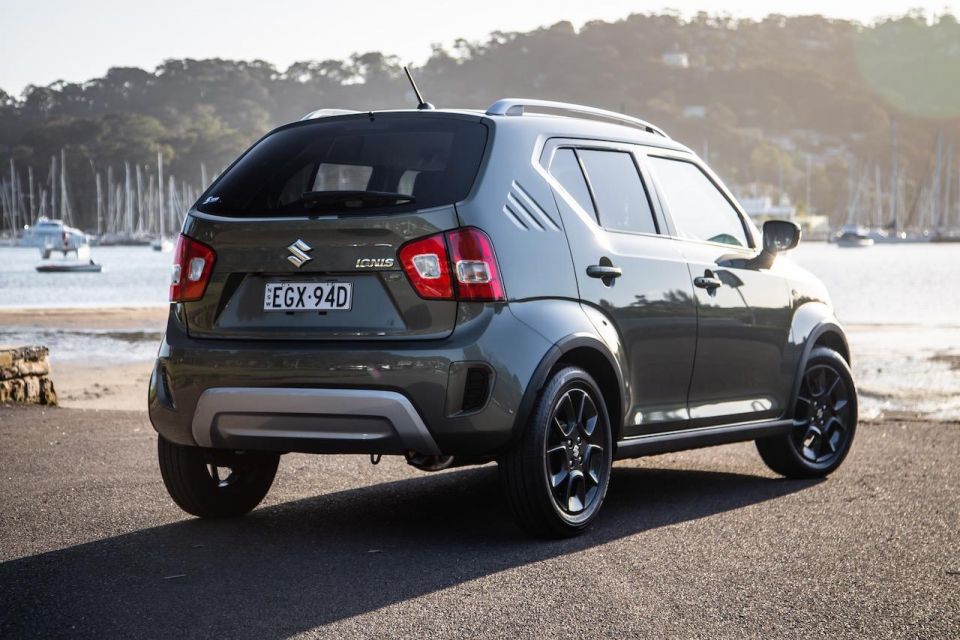
These Australian-spec models are sourced from and produced in Makinohara, Japan at Suzuki’s Sagara Assembly Plant.
A mid-life facelift came to Australia in 2020 and brought with it redesigned front and rear fascias, as well as slightly higher asking prices.
Powering the Ignis is a 1.2-litre naturally-aspirated four-cylinder that produces 66kW and 120Nm.
This power is sent to the front wheels only through a five-speed manual or a CVT for an additional $1000.
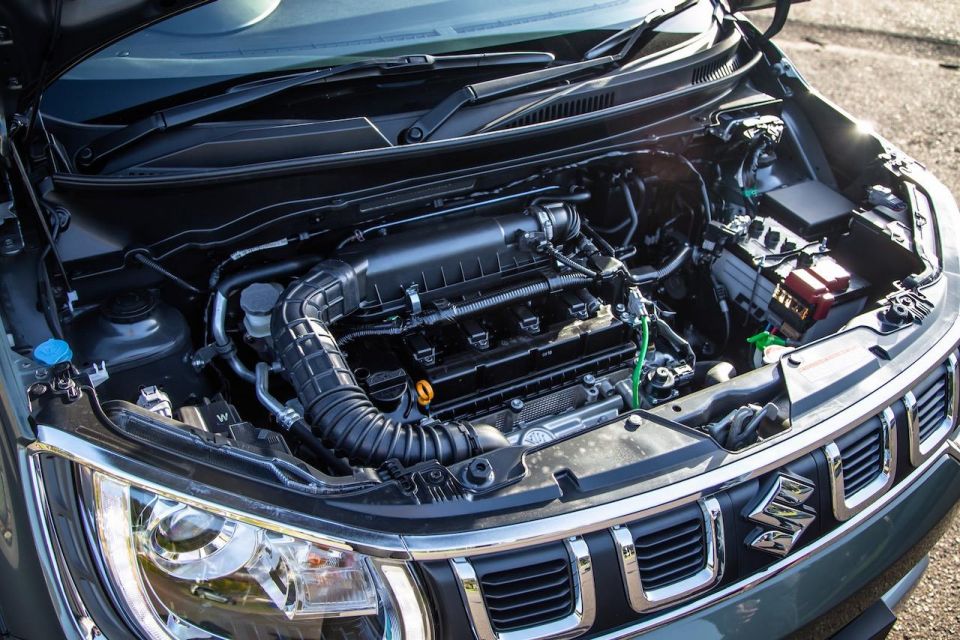
In other markets there are mild-hybrid, as well as all-wheel drive models of the Ignis too.
Suzuki claims the Ignis with the manual transmission fitted uses 4.7L/100km on the combined cycle and only requires 91 RON regular unleaded petrol. It’s also got a 32L fuel tank.
The Ignis measures in at 1660mm wide, 1595mm tall, and 3700mm long with a 2435mm wheelbase.
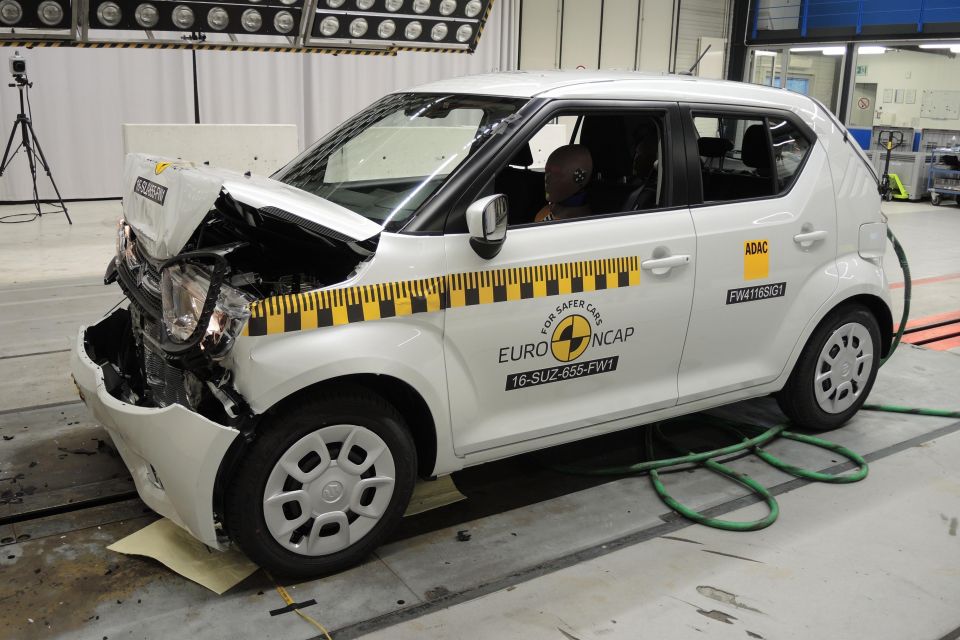
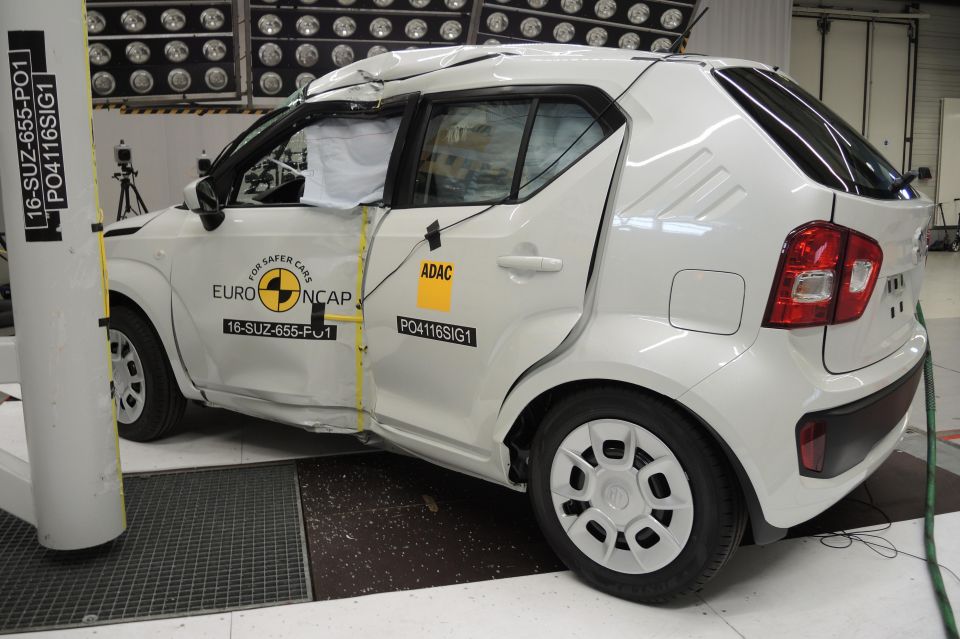
With the second row of seats upright the Ignis has a boot capacity of 271L, which can be expanded to 1101L with the seats folded.
The Ignis is also the lightest model that Suzuki offers locally. The manual Ignis has a kerb weight of 820kg, undercutting the Swift (870kg) and the Baleno (895kg).
On the safety front, the Ignis has six airbags (front, side and curtain), ABS, EBD, BAS, ESP, traction control, hill-hold assist, and reversing camera.
There’s no AEB available across any of the models in the Ignis range.
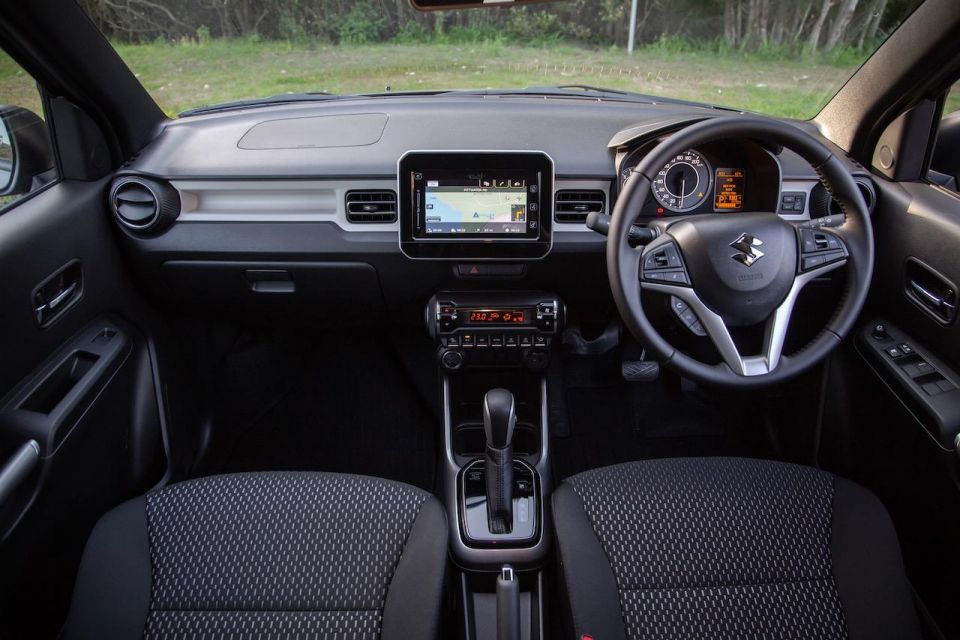
Standard on the 2022 Suzuki Ignis GL is the following equipment:
Every colour except for white costs an additional $595.
According to VFACTS, Suzuki has sold 1460 Ignis models up until the end of September 2021.
As one of the lowest selling models in the light SUV segment, the Ignis was outsold by the its larger Jimny sibling (2347), as well as the Hyundai Venue (4365).
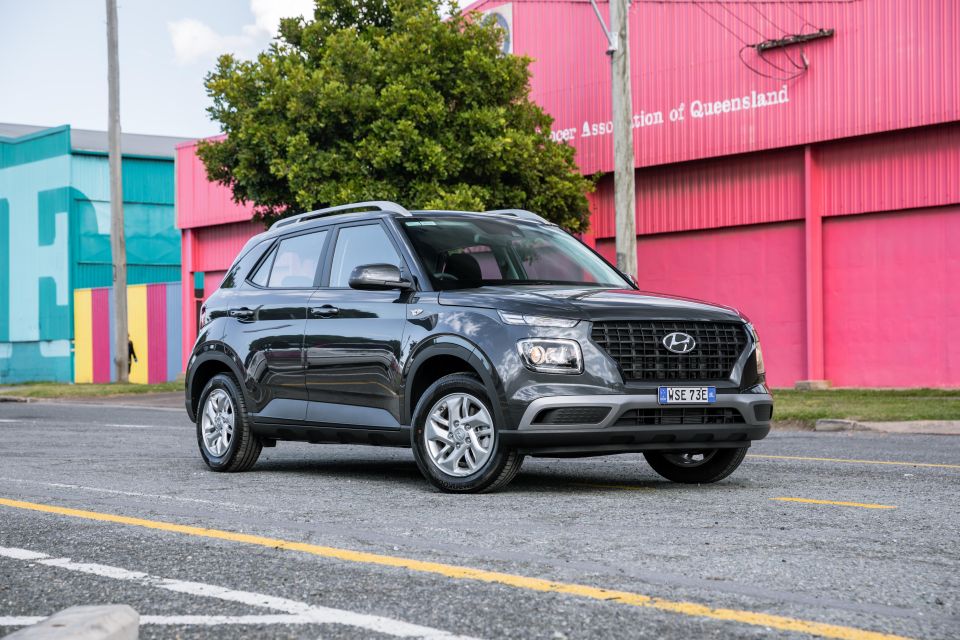
The ninth-cheapest vehicle in Australia at the moment is the Hyundai Venue.
It’s also with this vehicle we now step into above the $20,000 before on-road costs threshold.
Starting at $20,940 before on-road costs, the Venue range runs all the way to $26,740 before on-road costs for the top-of-the-range Elite.
When the Venue came to Australia in 2019, it was introduced as an indirect replacement for the Accent in the local lineup. At this time, the Venue range started at $19,990 before on-road costs for the now defunct Go base trim level.
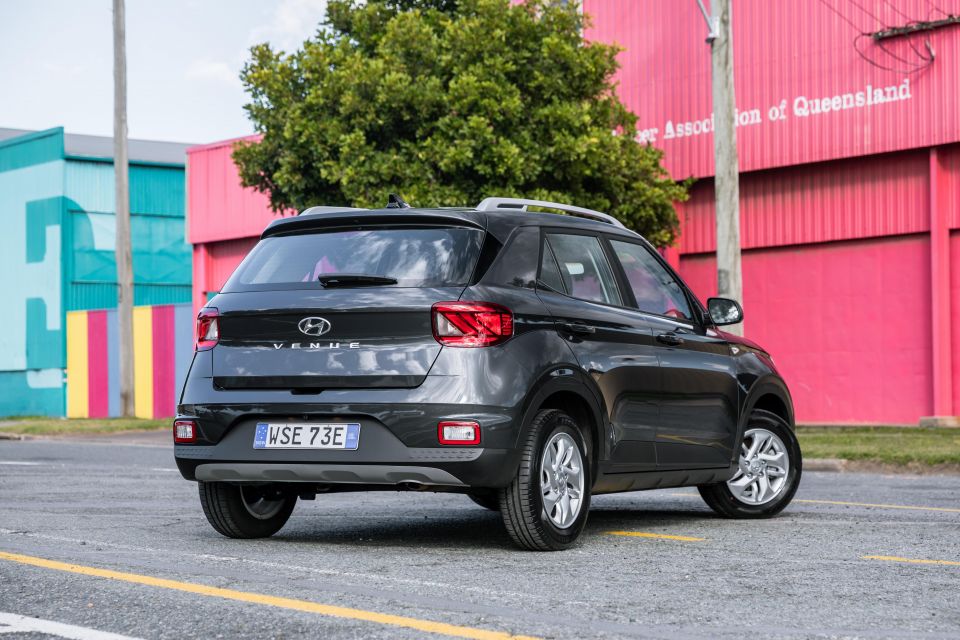
The Venue is currently produced in Ulsan, South Korea at Hyundai’s Ulsan Plant 3 just like the i30 and Ioniq.
Powering the Venue is a 1.6-litre naturally-aspirated four-cylinder producing 90kW and 151Nm.
This is all mated to a six-speed manual or a six-speed automatic transmission for an additional $2020.
Hyundai claims the Venue consumes 7.0L/100km on the combined cycle and requires only 91RON regular unleaded petrol. It’s also got a 45L fuel tank.
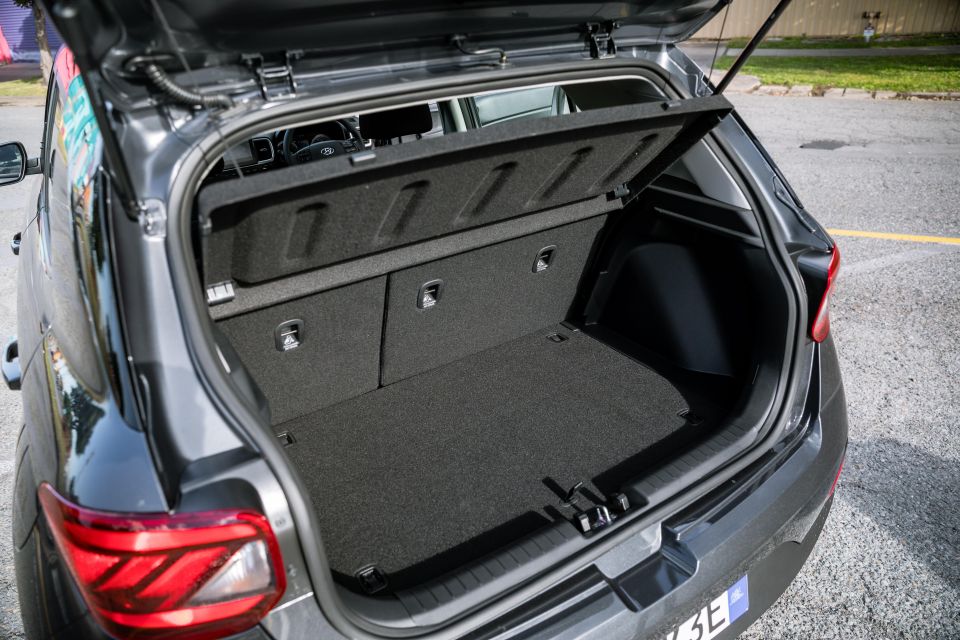
The Venue measures in at 1770mm wide, 1592mm tall, and 4040mm long with a 2520mm wheelbase.
With second row of seats upright the Venue has a boot capacity of 355L.
On the safety front all Venue models come standard with six airbags (front, front-side and curtain), driver attention warning, AEB with pedestrian detection, automatic high-beam, lane-keeping assist, ABS, BAS, EBD, hill-start assist, traction control, vehicle stability management, reversing camera, and tyre-pressure monitoring.
The base model Venue comes standard with the following equipment:
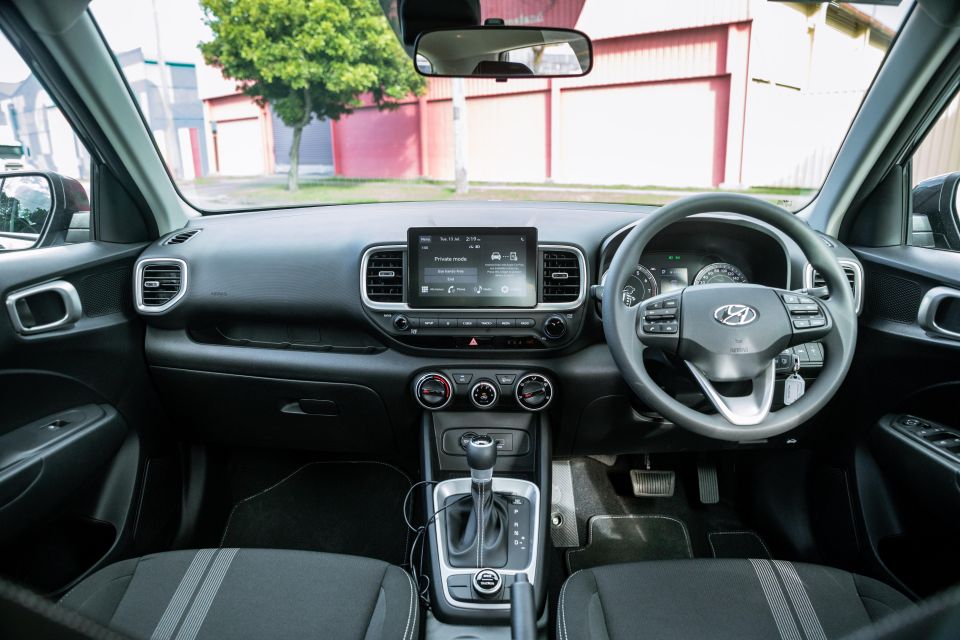
Every colour except for costs and additional $495.
According to VFACTS, Hyundai has sold 4365 Venue models until the end of September 2021 which is relatively low in comparison to its competitors in the light SUV segment.
Over the same time period, the Venue was outsold by the Kia Stonic (5601), Volkswagen T-Cross (4722), Toyota Yaris Cross (6143), and the Mazda CX-3 (11,250).
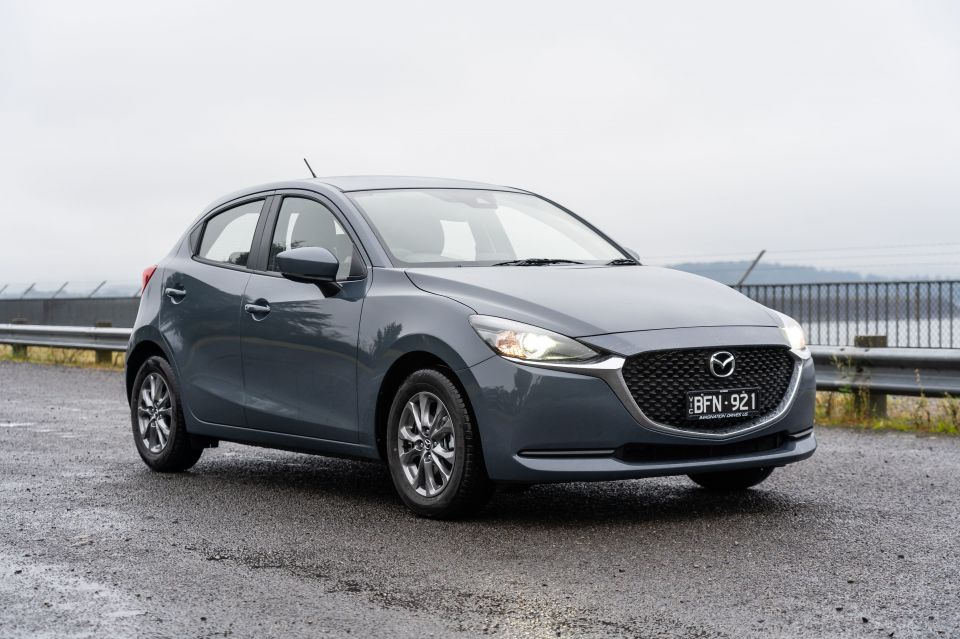
The 2022 Mazda 2 is the 10th-cheapest car you can currently buy in Australia.
The Mazda 2 model has had a history in Australia that dates back to the early 2000s, when it replaced the 121 locally.
Just like the 121, the Mazda 2 still offers a sedan variant for the same price as the hatch.
With the discontinuation of the Holden Barina, Honda City, and Hyundai Accent sedans, the Mazda 2 is the only sedan in its class.
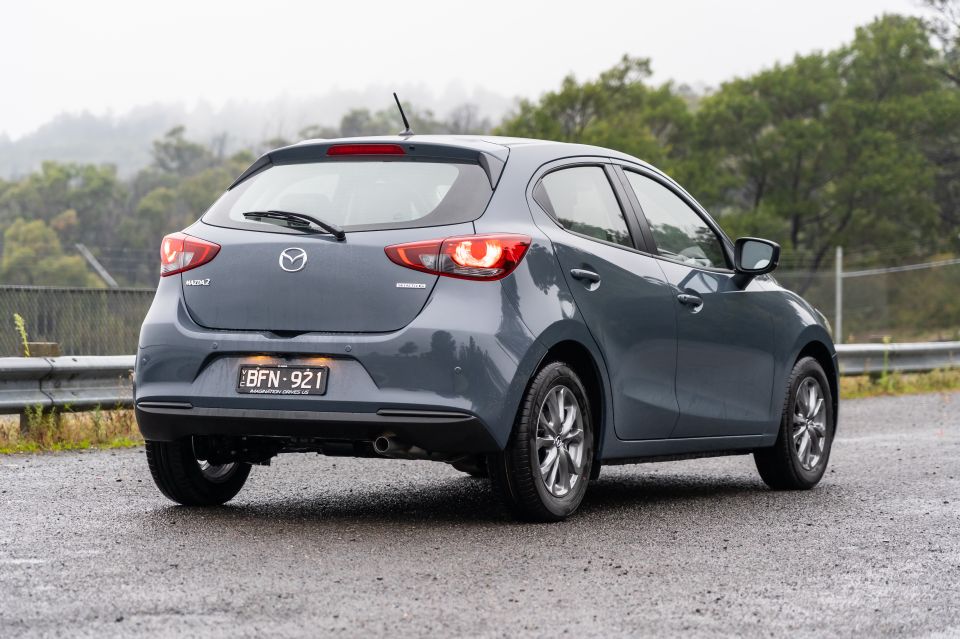
The current, third-generation Mazda 2 came to Australia in 2014 with the range starting at $14,990 before on-road costs up until 2018.
In 2020 there was a mid-life facelift that brought with it exterior and interior changes, revised suspension tuning, more standard technology, as well more active safety.
This facelift also saw a price increase of $5420 and axed the defunct Neo trim for the Pure trim instead.
The current Mazda 2 is produced in Rayong, Thailand at Auto Alliance Thailand (ATT) plant co-owned by Ford. It currently produces Ford Ranger and Everest models, as well as Mazda 3, CX-3 and CX-30 for other markets.
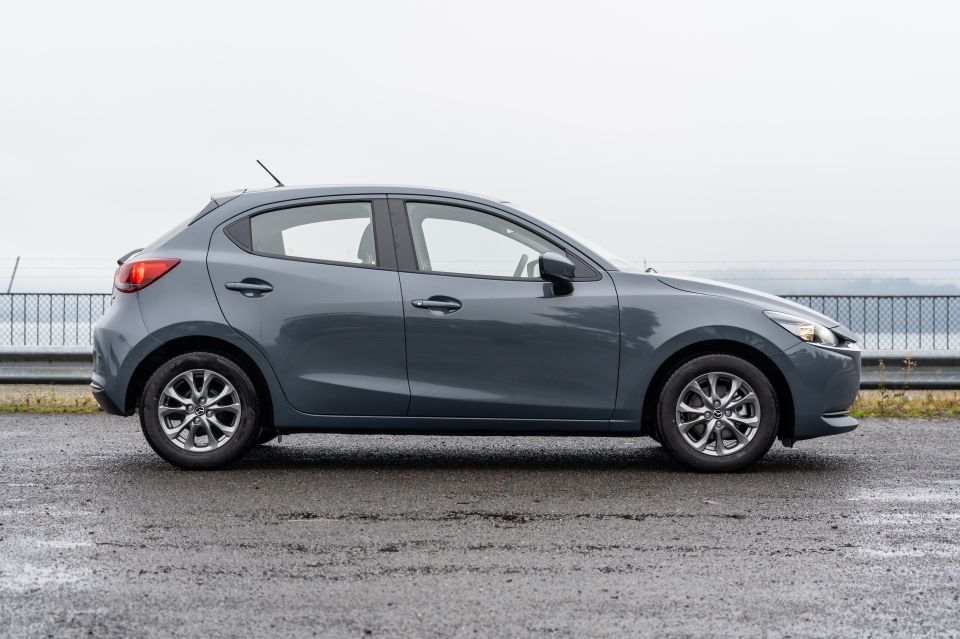
Powering the Mazda 2 is a 1.5-litre naturally-aspirated four-cylinder producing 82kW of and 144Nm.
This power is sent through the front wheel and is paired with a six-speed manual or an optional six-speed automatic transmission for an extra $2000.
Mazda claims that the 2 with the manual transmission fitted drinks 5.3L/100km on the combined cycle and only requires 91 RON regular unleaded petrol. It’s also got a 44L fuel tank.
The Mazda 2 measures in at 1695mm wide, 1495mm tall, and 4065mm long with a 2570mm wheelbase.
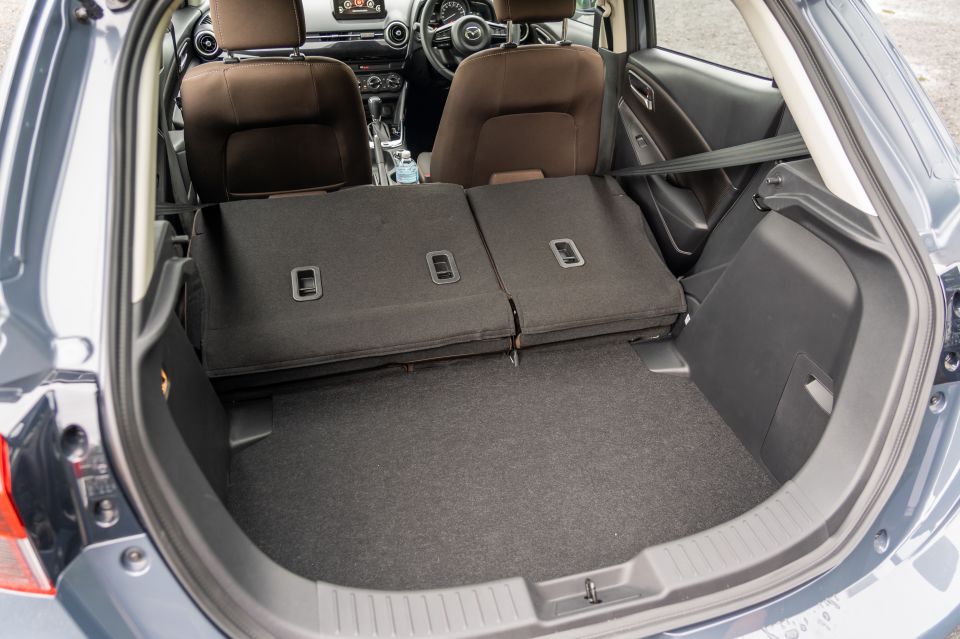
In the hatch, the Mazda 2 has a boot capacity of 250L, whereas in the sedan the boot capacity is 440L.
On the safety front, every Mazda 2 comes standard with six airbags (front, side and curtain), forward AEB with pedestrian detection, rear AEB, blind-spot monitoring, lane-departure warning, lane-keeping assist, rear-cross traffic alert, seat-belt warning, ABS, EBD, EBA, emergency stop signal (ESS), hill-start assist, rear parking sensors, and a reversing camera.
The 2022 Mazda 2 Pure comes standard with the following equipment:

Every colour is free except for ‘Machine Grey’, ‘Polymetal Grey’ and ‘Soul Red Crystal’ that cost an additional $495.
According to VFACTS, Mazda has sold 3588 Mazda 2s until the end of September 2021.
It outsells the Suzuki Baleno (2977), but doesn’t compete with others in its light car segment such as the Toyota Yaris (3897), Volkswagen Polo (3787) and the MG 3 (10,276).
Some cars that narrowly missed out on this top 10 cheapest car list are the Kia Stonic S manual ($21,490 before on-road costs), Suzuki Swift GL Navigator manual ($21,490 before on-road costs), and the MG ZS Excite ($21,990 drive-away).
The definition of Australia’s cheapest car has fluctuated drastically over the years, with it currently moving to include more SUVs and crossovers than ever before.
MORE: Cheap and (generally) cheerful: three decades of Australia’s cheapest car
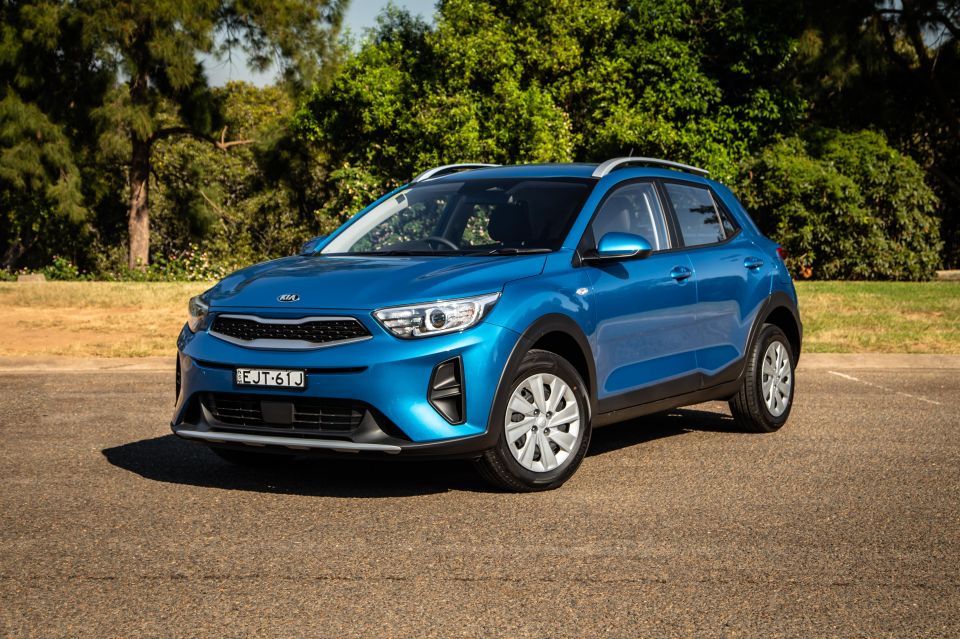
Jack Quick is an automotive journalist based in Melbourne. Jack studied journalism and photography at Deakin University in Burwood, and previously represented the university in dance nationally. In his spare time, he loves to pump Charli XCX and play a bit of Grand Theft Auto. He’s also the proud owner of a blue, manual 2020 Suzuki Jimny.


William Stopford
2 Hours Ago
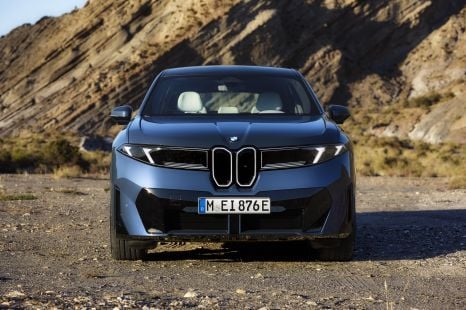

William Stopford
18 Hours Ago
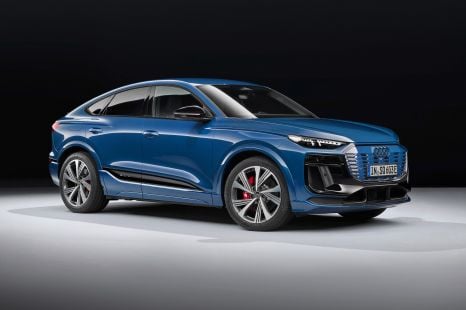

William Stopford
18 Hours Ago
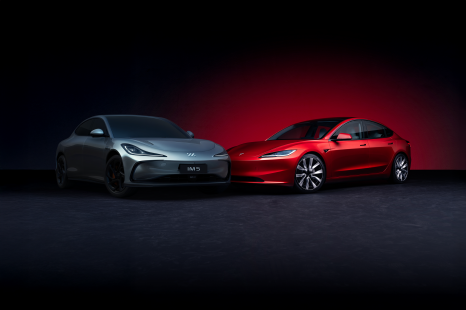

Andrew Maclean
19 Hours Ago


Derek Fung
19 Hours Ago
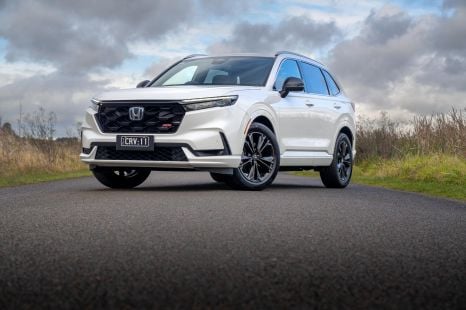

Andrew Maclean
19 Hours Ago